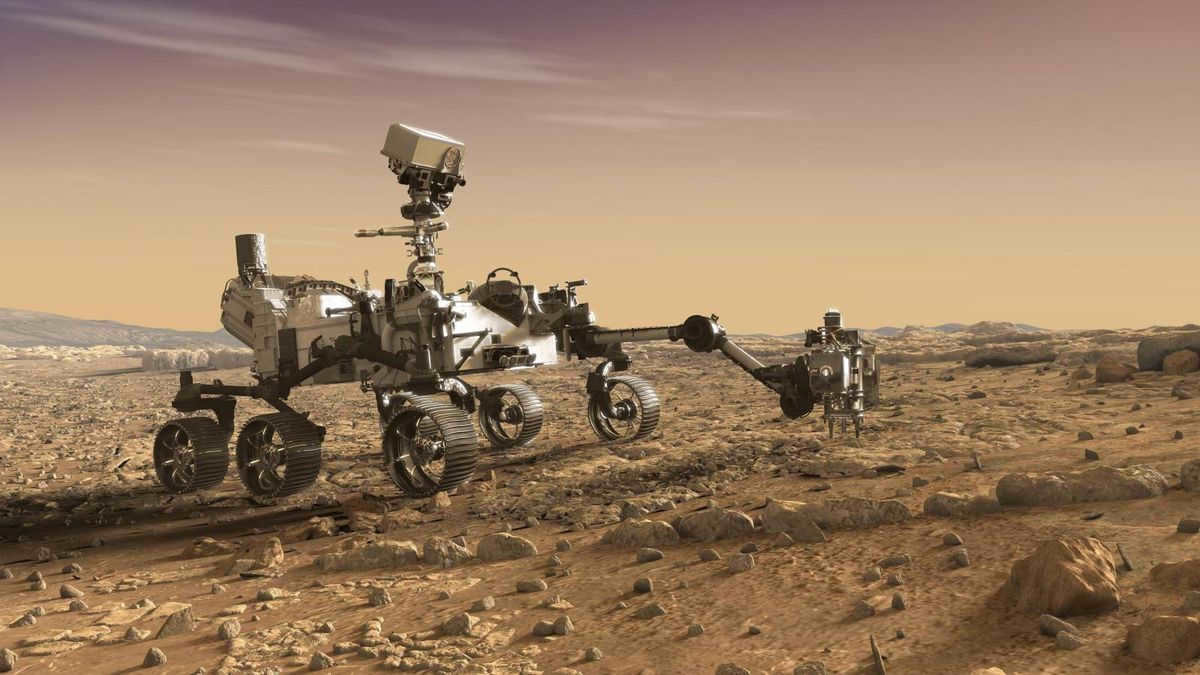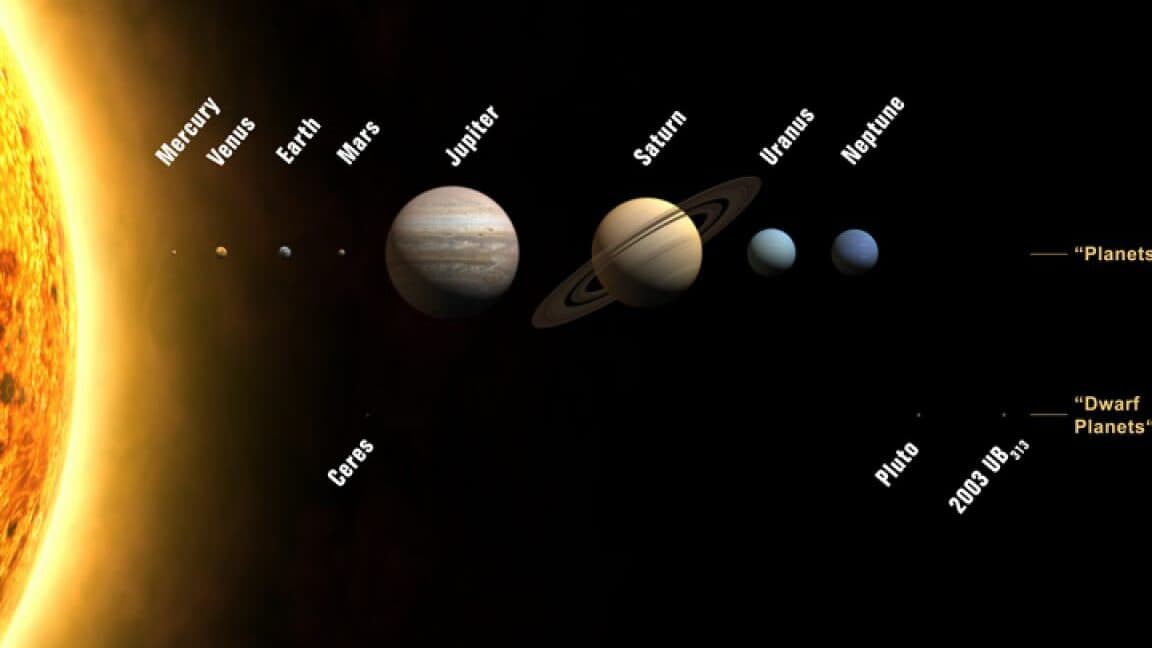
Outer space
The scientific confirmation of the presence of gas giants in the cosmos is an established fact. These celestial bodies are colossal in magnitude, making them relatively easy for researchers to observe. Smaller and more compact entities that reside within the vastness of the universe are referred to as terrestrial planets. Despite sharing certain similarities in their structure and composition, they lack absolute uniformity.
The exploration of the cosmos has provided evidence to suggest the existence of other habitable worlds. Astronomers have identified space objects that not only resemble our own planet in appearance, but also in composition. These objects have been classified as “terrestrial” planets, distinguished by their solid surfaces comprised of metals and silicate rocks. This sets them apart from the gas giants and other celestial bodies with structures consisting of gases and water. The planets within this group share many similarities, such as the absence of moons, with some having a few and others having none at all.
Composition and characteristics

The group of celestial bodies known as the Earth group consists of Mars, Venus, Earth, and Mercury. These planets are all located within our solar system. They share a common structure, which includes a core, mantle, and lithosphere. This similarity in structure can be attributed to their formation during the same period and under similar conditions.
The surface of these celestial objects bears the marks of internal mechanical and chemical processes, such as craters, mountains, volcanoes, and canyons. On the other hand, the gas giants in our solar system have rings or disks orbiting around them. The planets in the Earth group do not possess such formations.
Formation and typical characteristics
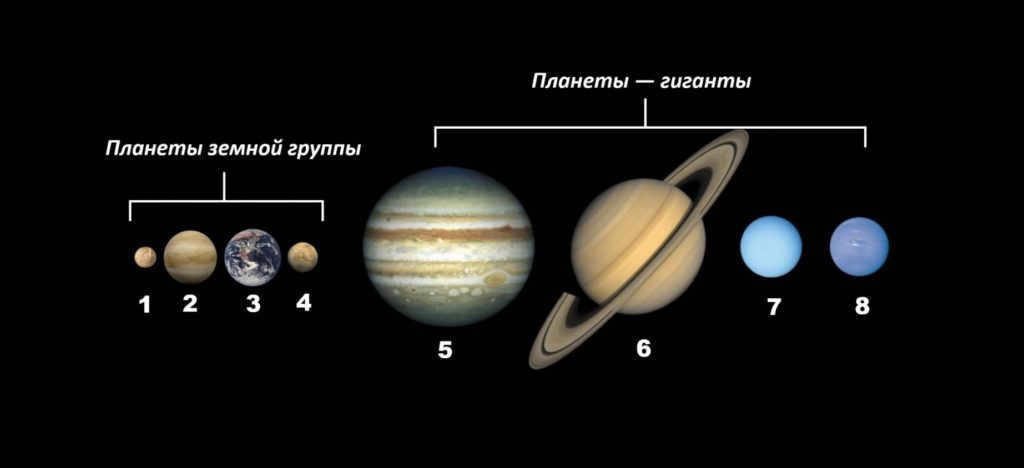

The formation of celestial bodies in the Earth-group planets is believed to have started early in the universe’s history. Initially, these planets consisted of tiny particles of dust that moved in a chaotic manner within the solar system. As they got closer to a heat source, they lost their volatile substances and began to stick together, gradually forming larger objects.
During the initial phase of development, approximately one hundred celestial bodies were created. Due to their chaotic movement, they collided with one another. Some broke apart, transforming into space debris, while others merged together. Through the process of evolution, only four planets remained: Mercury, Mars, Earth, and Venus. Among them, the largest in size is the third planet from the Sun, with Mercury being the smallest with a diameter of 4880 km. Mars has two satellites, Earth has one, and both Mercury and Venus have none.
Classifications of the Planets in the Earth Group
The planets in the Earth group can be categorized into several groups:
Although they share similarities in their structure, they differ in their composition. The first group is characteristic of the solar system, with a metal core and a rocky mantle. The iron ones are essentially the same as the silicate ones, just a different variation. The latter also have a metal composition, which gives them a higher density and the ability to withstand high temperatures, but it also reduces their radius significantly.
The rocky group, on the other hand, does not have an iron core and is entirely composed of silicate.
Fun fact: Scientists suggest that rocky planets can potentially form around any star, regardless of its chemical composition.
The fourth and final category consists of planets with an iron core surrounded by a carbonaceous mantle.
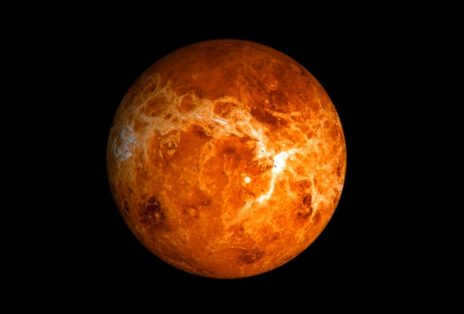
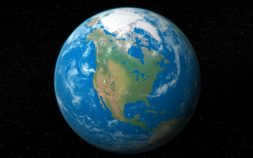
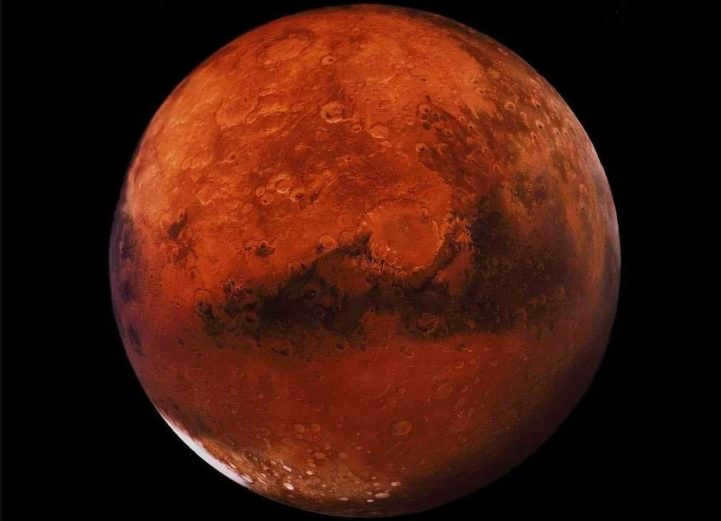
Mercury, the tiniest planet, has a mass that is only one-third that of Earth. It possesses the following main characteristics:
- It lacks a protective atmospheric layer, resulting in extreme temperature fluctuations;
- Its silicate composition consists of small particles, with nickel and iron as the primary building materials, making it incredibly dense;
- It lacks a magnetic field, with only 1% of Earth’s strength;
- The surface is covered in craters;
- It contains frozen water and organic material.
Venus, while similar in size to Earth, possesses distinct features that set it apart:
- The atmosphere is so dense that it traps heat, resulting in extremely high temperatures;
- It harbors active volcanoes and deep gorges;
- Meteorites disintegrate in the atmosphere, resulting in the absence of craters.
Among the various celestial bodies in the Solar System, Mars stands out due to its impressive mountain and more:
- Its surface has a lower density compared to Earth’s;
- A majority of its surface is adorned with craters and sediments from its early formation stages;
- Mars possesses a North Pole where massive blocks of frozen water and carbon dioxide can be found;
- The nickname “red planet” is derived from the iron oxide that gives its surface an orange hue.
Fascinating fact: Mars has served as a mysterious graveyard for numerous spacecraft that have vanished without leaving any trace. Scientists speculate that the planet possesses its own version of the “Bermuda Triangle”.
The Earth has all the necessary conditions for the existence of life, including atmosphere, water, changing seasons, and an optimal temperature regime.
Planet’s Surface
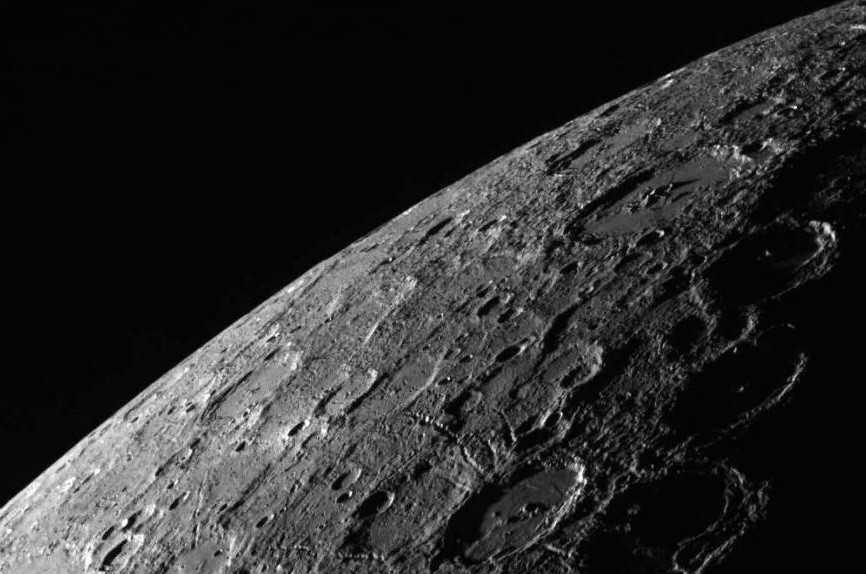
Mercury bears a striking resemblance to the Moon in its external appearance. Its silicate surface is dotted with meteorite craters, yet it remains unscathed by the erosive forces of water and gas. The geologic imprints on the planet are incredibly ancient, dating back billions of years. Notably, there are no depressions on Mercury that resemble rivers or seas, with their floors blanketed by solidified lava.
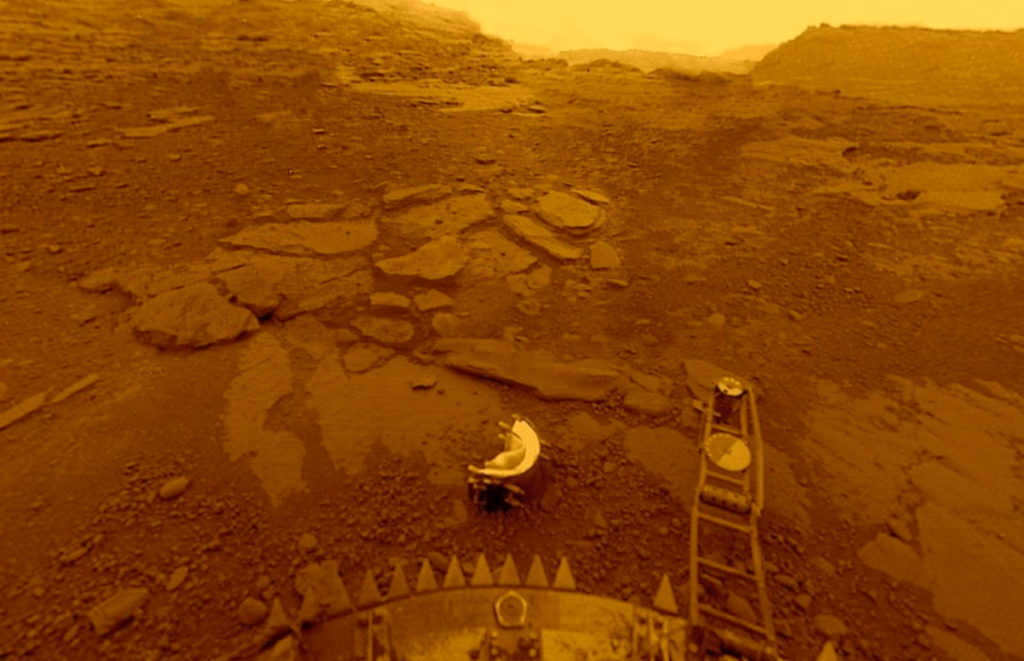
The surface of Venus lacks magnetic fields and has a much higher density compared to our planet, Earth. It is home to over two hundred volcanoes of various sizes, with approximately 170 of them believed to be currently active. During its early stages, the surface was completely covered in lava due to the frequent eruptions. Over time, the volcanic activity gradually declined. Scientists attribute this decrease to changes in the quantitative composition of sulfur dioxide.
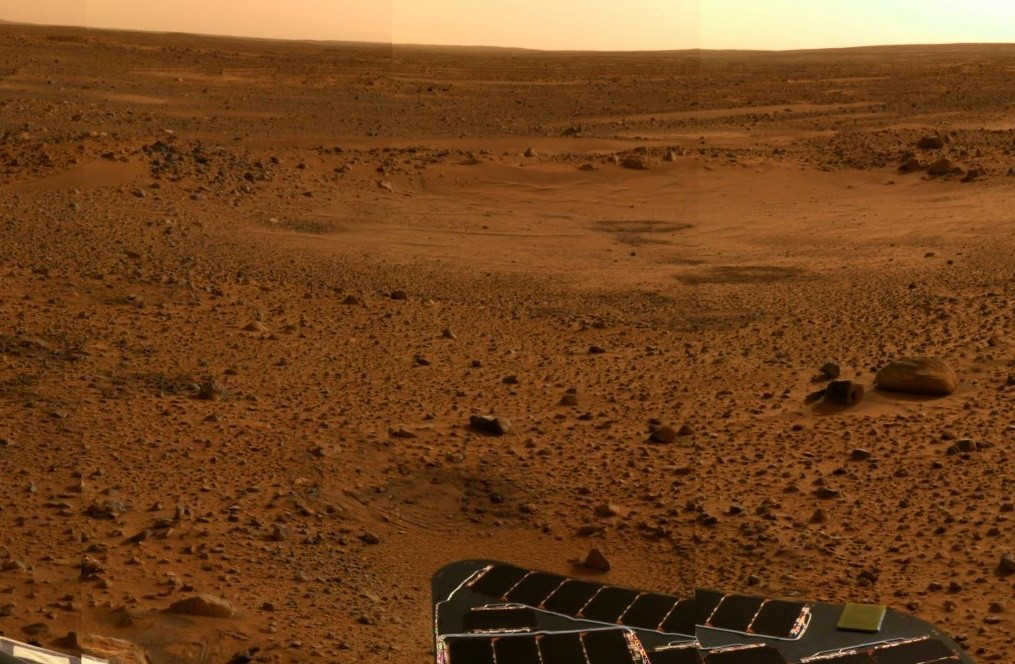
There have been discoveries of depressions resembling riverbeds on the surface of Mars, indicating that the planet had a temperature range that allowed water not to freeze.
The presence of various-sized volcanoes is a distinctive characteristic of the red planet. There are colossal ones, such as Olympus, which surpasses Mount Everest in height by three times. The majority of the planet consists of lowland plains, with a network of canyons observed along the equator.
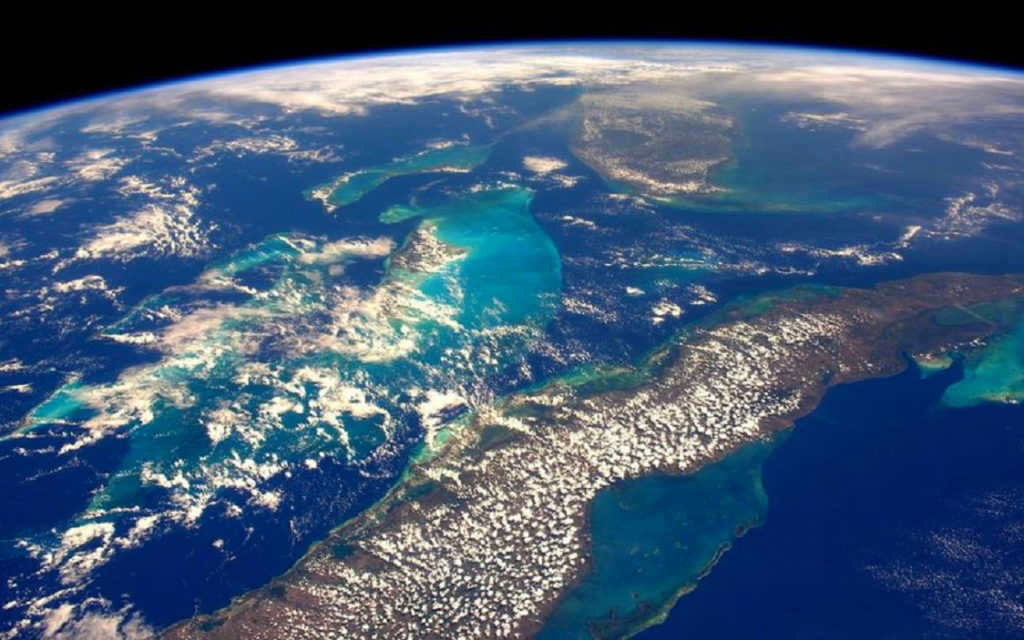
The Earth’s surface is divided into different parts: approximately one third is made up of land, which is home to seven continents, while the remaining 70% is covered by the vast world ocean. The outermost layer of the Earth’s crust consists of solidified lava that formed billions of years ago and is divided into several tectonic plates. These plates are in constant motion, causing the formation of mountain ranges over time.
The planets differ from each other in terms of the presence or absence of an atmosphere and a magnetic field, which serves as protection against the sun’s rays.
Venus, the brightest planet in our solar system, stands out for two reasons. Firstly, it is located close to the Sun. Secondly, its luminosity is due to the presence of sulfuric acid concentrated in a single cloud layer, which gives it its brightness. Scientists estimate that this celestial body reflects between 75-77% of light.
Earth, on the other hand, is relatively darker, but still receives enough sunlight for life to thrive. More than a third of Earth’s atmosphere is composed of water clouds, which have the ability to scatter and reflect light between 28-30%.
Mercury possesses a thin atmosphere and a feeble magnetic field, however, the solar wind easily disrupts their structure and infiltrates the planet, resulting in its temperature rising to 430 degrees. Nonetheless, the distribution of light is not uniform. The area of the planet that is located in close proximity to the Sun experiences the highest brightness, while the opposite side remains in shadow, causing the celestial body to cool down to -180 degrees.
Mars, being distant from the Sun, can be observed during the night or early morning hours. It becomes particularly luminous during opposition, when it is aligned with both the Sun and Earth. During these times, Mars gets closer to our planet and is illuminated by the Sun, although it never attains the same level of brightness as Mercury.
The Impact of the Greenhouse Effect on Climate
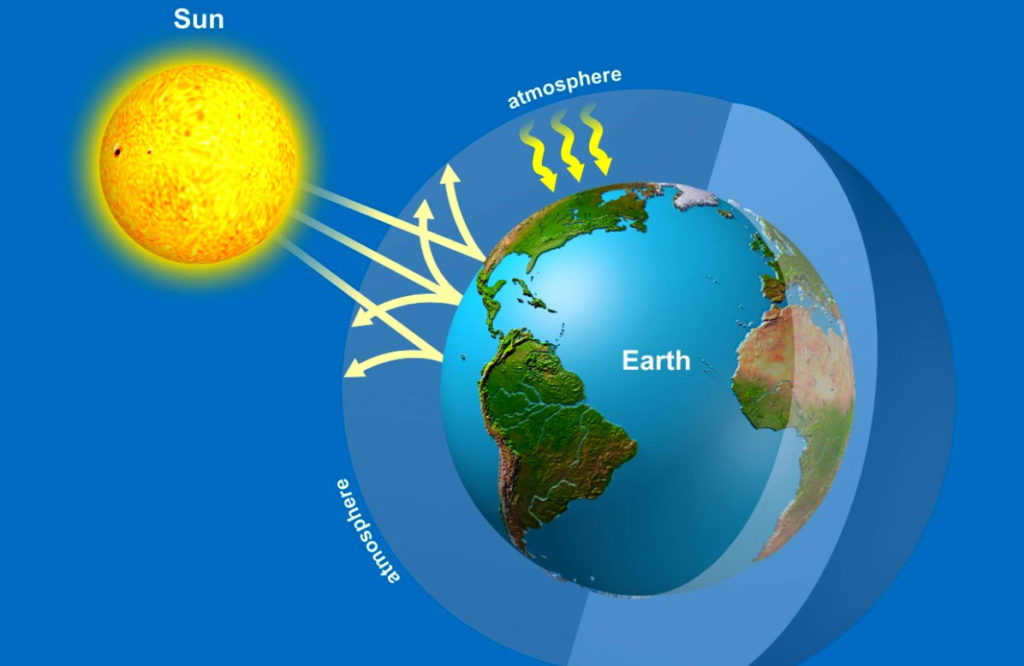
The two determining factors for the conditions on a planet are the amount of sunlight it receives and its ability to reflect and absorb that sunlight.
Mercury absorbs all of the incoming sunlight. Being in close proximity to its star, it receives a significantly higher amount of heat per square meter compared to other planets. However, despite this, the average temperature on Mercury is a comfortable 67 degrees. In the middle latitudes, it ranges from 20 to 22 degrees, and at the poles, it can get quite cold. During the day, the surface of Mercury can heat up to 420 degrees, while at night it cools down to -170 degrees. This temperature fluctuation is a result of the greenhouse effect.
On Mars, there exists an atmosphere, albeit one that is more sparse than that of Earth. It is comprised of carbon dioxide, argon, carbon monoxide, and oxygen, which only makes up 0.15% of the total composition. Despite its composition, it still has a significant impact on the weather as it governs the formation of winds and precipitation. The air is warmed by frequent dust storms that lift it from the surface and carry it upward. Additionally, the greenhouse effect plays a role in the climate by contributing an additional 8 degrees to the average temperature on the planet.
On the other hand, the Earth possesses a protective and dense layer of atmosphere. If it were thinner or less compact, our planet would be approximately 38-40 degrees colder, which is the same amount that the greenhouse effect contributes to our current temperature. In the absence of this protective layer, most of the Earth’s water surface would be covered in ice, over half of the vegetation and animal species would cease to exist, and humans would have to adapt to new and drastic climatic conditions.
This metric relies on the energy source and is determined by the quantity of heat acquired and lost (utilized). The Earth absorbs nearly two-thirds of the sunlight, which is then converted into infrared radiation through natural processes. This radiation is crucial for photosynthesis, the maintenance of the water cycle, and the formation of natural reserves such as oil, gas, and coal, which are internal sources of heat.
Planets resembling Earth either lack these internal sources of heat or they are insignificant, resulting in the surface temperature being solely influenced by external factors. In other words, the heat balance is regulated by the presence or absence of an atmosphere, its capacity to retain heat, and its ability to radiate incoming energy back into space.
Latest studies on Earth-like planets
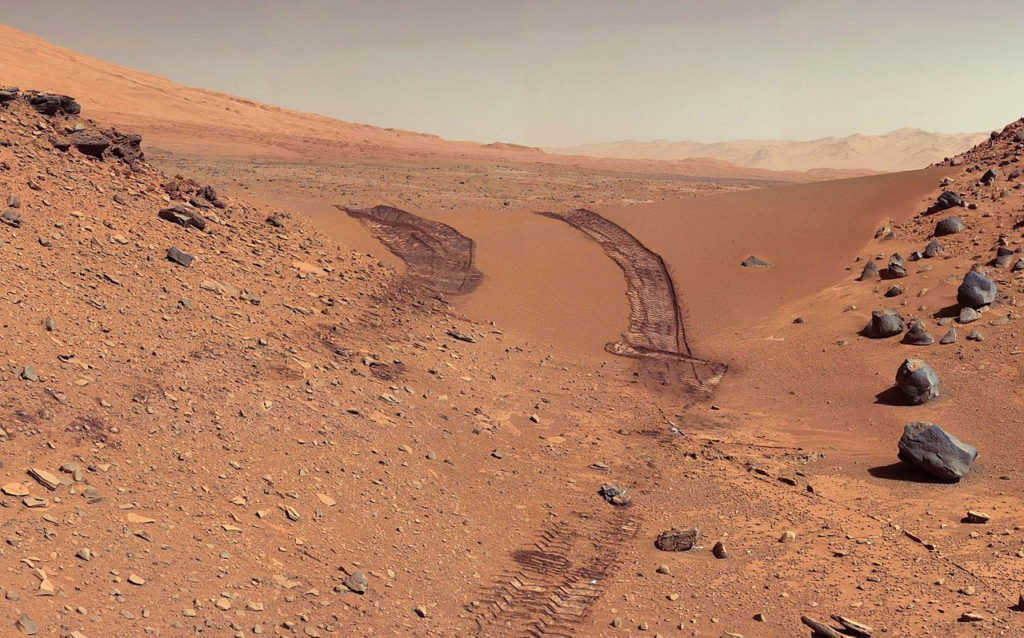

Studies indicate the potential existence of life on Mars during some period, making the exploration of this planet a topic of great interest. Mars is being considered as a potential backup option in the event of unforeseen circumstances on Earth. Although astronauts are not scheduled to be sent until at least 2030, current efforts involve the use of orbiters to extensively search for any indications of life.
Fascinating fact: Mars lacks an ozone layer, exposing its surface to deadly levels of radiation from the sun’s rays.
Mercury and Venus do not provide ideal conditions for the emergence of life, as evidenced by the current temperature conditions on these planets. However, if we were to hypothetically consider the possibility of survival in any environment, these planets could potentially serve as viable colonization options.
In the Universe, the planets within the Earth-group are the most conducive for the detection of life.
Exoplanets in the Earth Group
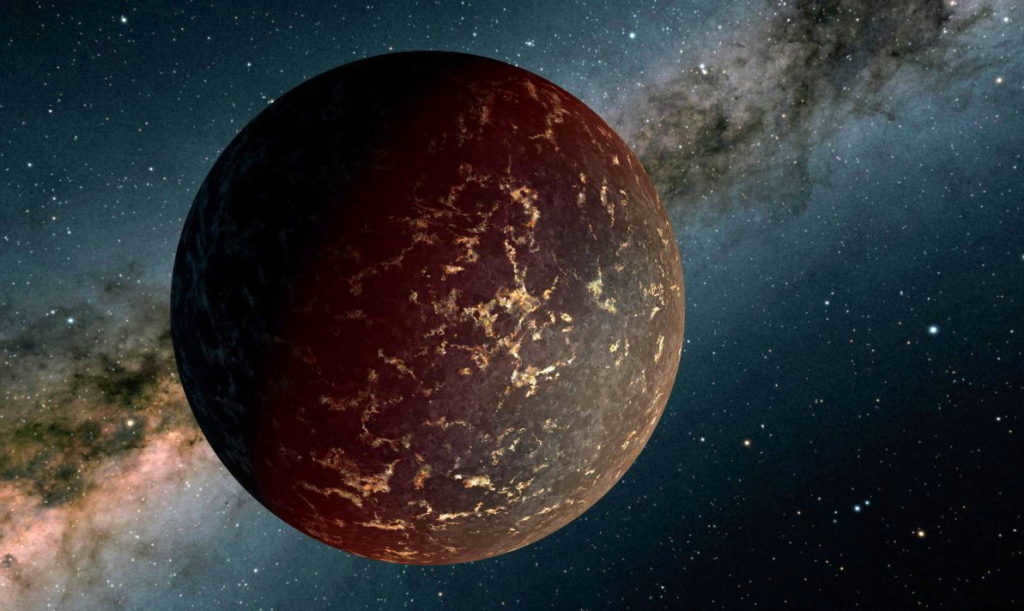
Since 2005, the exploration of outer space has led to the discovery of approximately 100 billion exoplanets. Around 20% of these exoplanets share similarities with Earth. Each exoplanet orbits a unique star and all of them are located within the Milky Way galaxy.
Did you know? The exoplanet Alpha Centauri is located approximately 4.37 light-years away from Earth.
Scientists have determined that more than one-third of stars similar to the Sun have exoplanets in their habitable zone. These stars have been around for billions of years and are considered to be some of the oldest in the galaxy. The exoplanets in their orbit are also much older than Earth.
Super-Earths
Super-Earths are a fascinating class of exoplanets that have captured the attention of scientists and space enthusiasts alike. These planets, which are larger than Earth but smaller than gas giants like Jupiter, offer a unique opportunity to study the diversity and potential habitability of other worlds.
One of the key features of super-Earths is their size. While they are bigger than our home planet, they are still significantly smaller than gas giants. This means that they have a solid surface, which opens up the possibility for them to have atmospheres, oceans, and even potentially support life.
Another interesting aspect of super-Earths is their composition. Unlike Earth, which is mostly made up of rock and metal, these planets can have a wide range of compositions. Some may have a core made of rock and metal, like Earth, while others may have a thick layer of water or even a gaseous envelope.
The study of super-Earths is still relatively new, and there is much to learn about these intriguing worlds. Scientists are using a variety of techniques, such as the transit method and radial velocity method, to detect and characterize these exoplanets. By studying their atmospheres, compositions, and orbits, researchers hope to gain a better understanding of the conditions necessary for habitability and the potential for finding life beyond Earth.
In conclusion, super-Earths offer a unique opportunity to explore the diversity and potential habitability of other planets. With their solid surfaces and a wide range of compositions, these exoplanets hold the promise of revealing new insights into the nature of our universe and the possibility of finding life elsewhere.
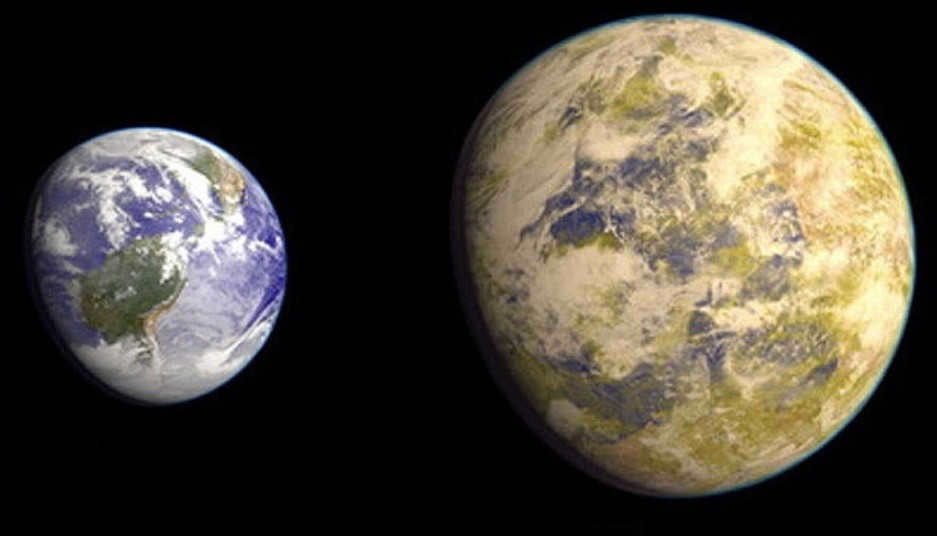
These planets are referred to as super-Earths, as they have a mass greater than Earth’s but smaller than that of gas giants. Scientists are particularly interested in these planets because many of them are located within the habitable zones, where conditions are similar to those on Earth.
Various forms of life, such as bacteria in a state of suspended animation, have been discovered multiple times in space. However, the development of life requires specific conditions, which can potentially be artificially created.
If you come across any errors, please select the text and press Ctrl+Enter.
When I was younger, my grandfather pointed out a tiny green star in the sky and informed me that it was actually Venus. It was an incredible sight to behold. As fate would have it, we were also fortunate enough to catch a glimpse of Mars later on. However, as I grew older and attended school, I discovered that Venus and Mars were not stars at all, but rather planets within our own Earthly realm. They are our closest celestial neighbors.

What are the planets that make up the Earth group?
Astronomical experts identify 4 planets that belong to the Earth group. They are commonly known as the inner planets of our solar system or rocky planets.
These celestial objects orbit in proximity to the Sun and are separated from the gas giants by a belt, which is also known as the asteroid ring.
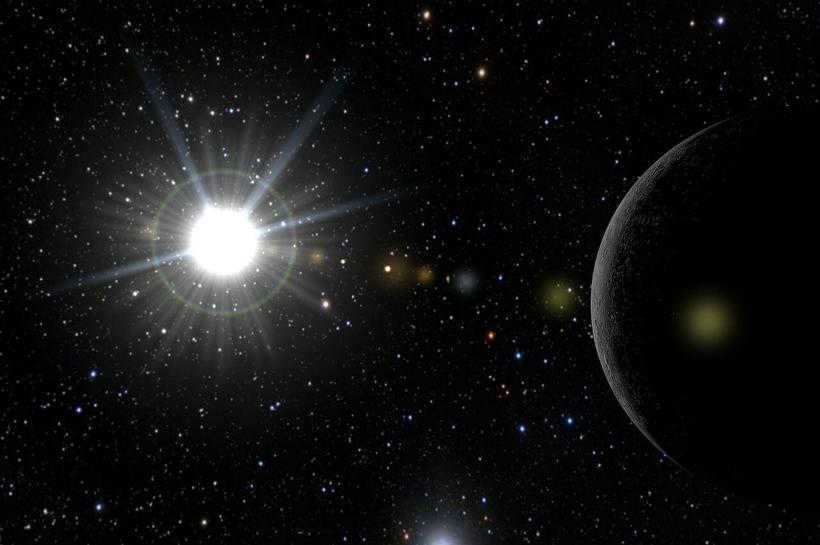
What do the Earth-group planets have in common?
The four planets closest to the Sun share many similarities and common characteristics. These include:
- No satellites or very few satellites;
- Relatively small size, density, and mass;
- Weaker magnetic fields;
- Close orbits to each other;
- The same internal structure consisting of a heavy metal core, mantle, and crust at the center of the planet.
However, I have discovered that these planets also have a number of differences. These differences include the presence and composition of the atmosphere, the direction and speed of their movement around the Sun, and most importantly, the presence of life (the existence of a biosphere).
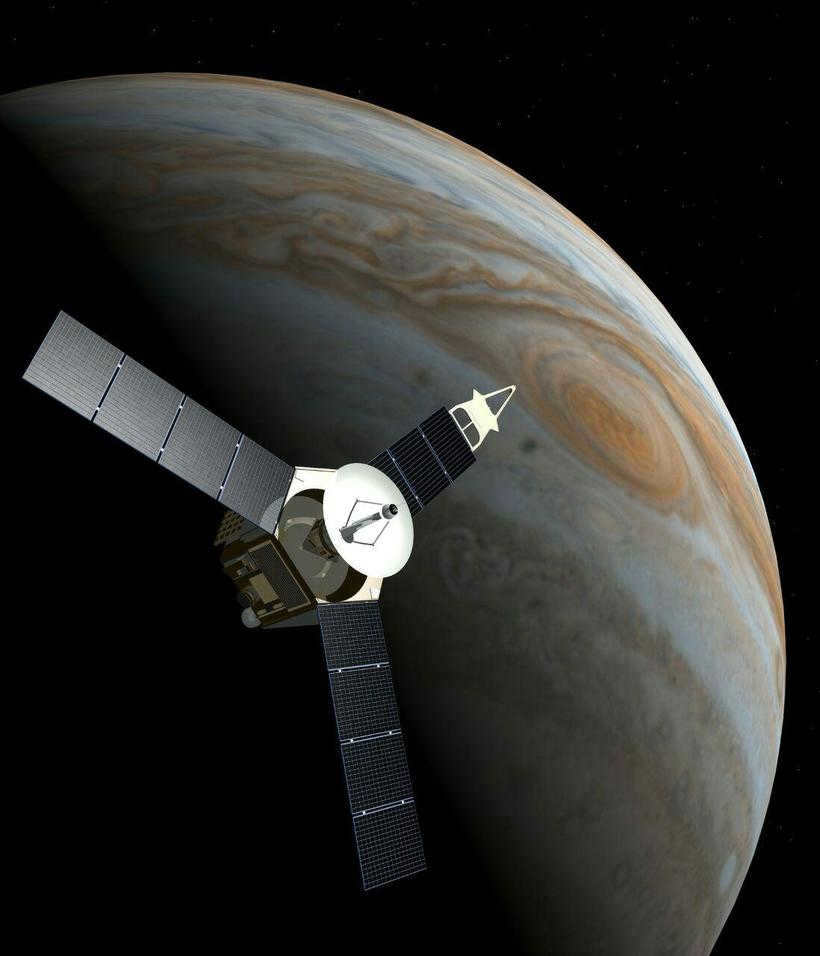
The Importance of Studying Earth-Group Planets
I have often pondered the question: why should humanity dedicate resources to space exploration when there are pressing issues on Earth? Wouldn’t it be more beneficial to focus on finding solutions to problems like hunger, overpopulation, resource depletion, and global climate change? However, after delving into various sources, I have come to realize that investigating other planets holds immense significance for Earth dwellers. By studying Earth-group planets, we gain insights into the formation of deposits within their interiors, the impact of atmospheres on climate, the protection of living organisms from radiation, the nature of magnetism, and the role of water in shaping the biosphere.
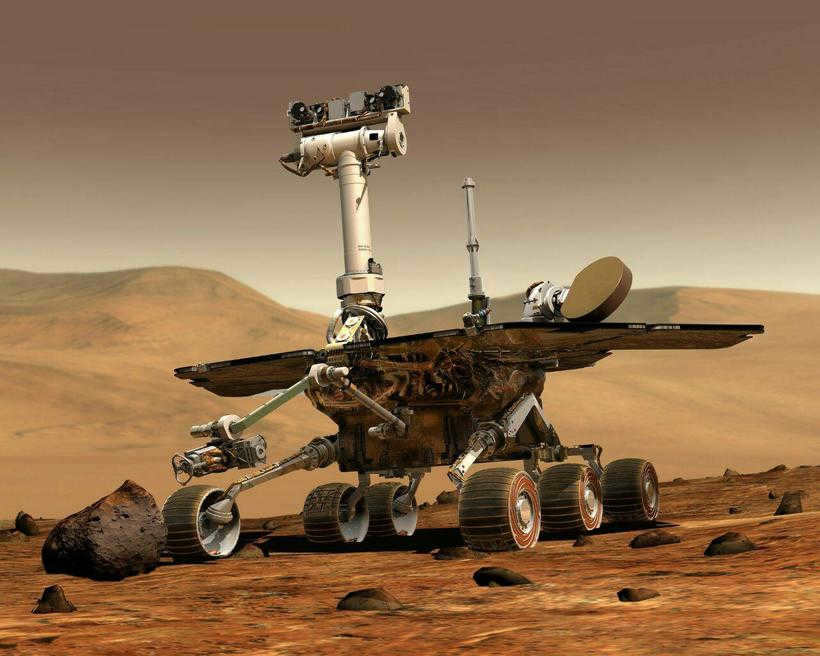
It is my firm belief that the exploration of Earth-like planets will play a crucial role in safeguarding life on our own planet. The acquisition of knowledge will empower scientists to make groundbreaking discoveries, ultimately enabling mankind to fulfill its long-standing aspiration of venturing into outer space, establishing colonies on other worlds, and seeking out extraterrestrial life forms.
Recently, the entire global community witnessed the groundbreaking launch of the Falcon Heavy rocket, spearheaded by SpaceX. Elon Musk hailed this event as a monumental milestone in the journey towards colonizing Mars. This momentous occasion prompted me to ponder whether human habitation on other planets is indeed feasible and what prospects lie ahead in this awe-inspiring endeavor.
Is it possible for Earth-group planets to sustain life?
Currently, the only known planet capable of sustaining life is Earth. Other planets within the Earth group do not possess the necessary conditions for life to exist.
For life to emerge on a planet, specific conditions must be present, such as those found on Earth. Among the Earth group, Mars shows the most promise in terms of potential for life, while the existence of living organisms on other planets remains uncertain.
However, just because a planet is devoid of life does not mean it cannot be inhabited by humans. Let’s explore the most suitable planet for colonization.
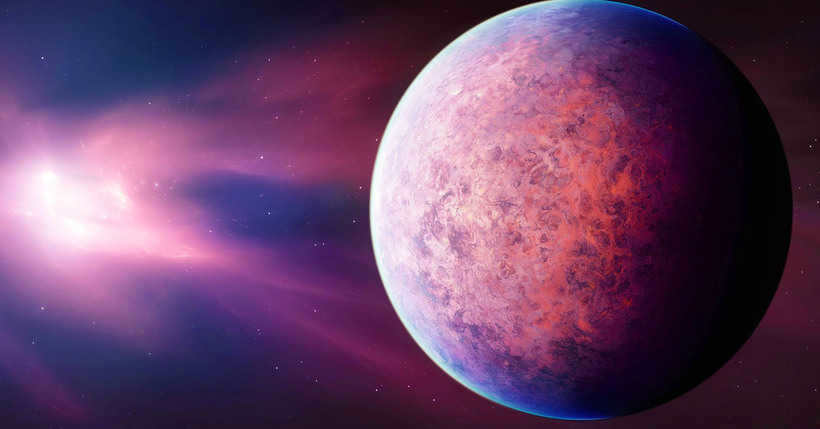
The planet Mercury is located very close to the sun, resulting in a scorching hot surface.
Venus, like Mercury, experiences extremely high temperatures on its solar side, making it a significant challenge for colonization.
However, Mars offers a promising opportunity for establishing an Earth colony, as it shares many similarities with our home planet.
There are multiple colonization ventures underway by various companies simultaneously. Personally, I find SpaceX’s project to be the most promising. Elon Musk has made it his mission to establish a colony on Mars in the near future. I have a strong feeling that he will achieve success.
The process of colonization will occur in multiple phases. Initially, the necessary equipment will need to be transported, followed by the construction of a main base camp and the arrival of a select group of individuals who will serve as the initial colonizers.
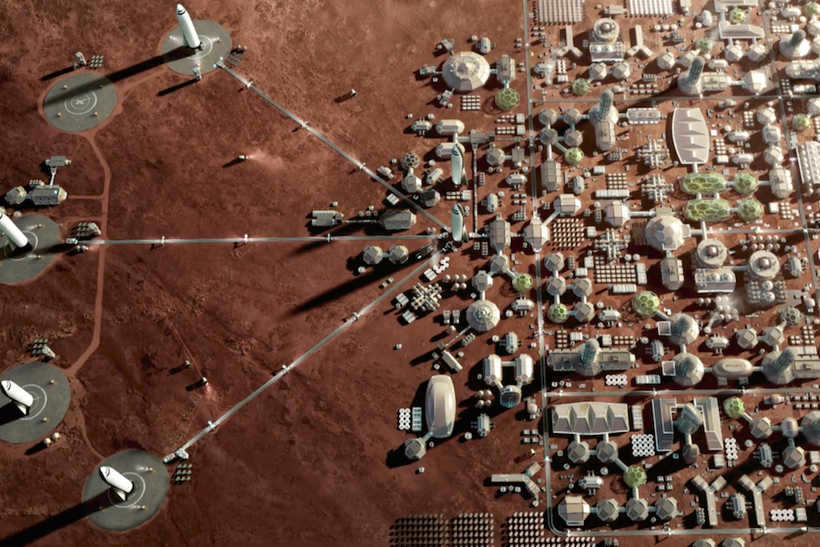
- The launch of a rocket to Mars is limited to once every 25 months;
- Transporting a relatively small quantity of cargo is possible at a time;
- Evacuating the colonists would pose significant challenges;
- Communication with future colonists is made difficult by the 3-minute signal delay between Earth and Mars.
Another important point to take into account is that the planet’s atmosphere lacks oxygen, necessitating the colonists to wear spacesuits at all times.
During my teenage years, I had a strong fascination with browsing through images of various planets that I discovered online. The captivating allure of the imagination and the yearning for the unknown continually drew me towards the infinite expanse of space, shrouded in an aura of enigma.
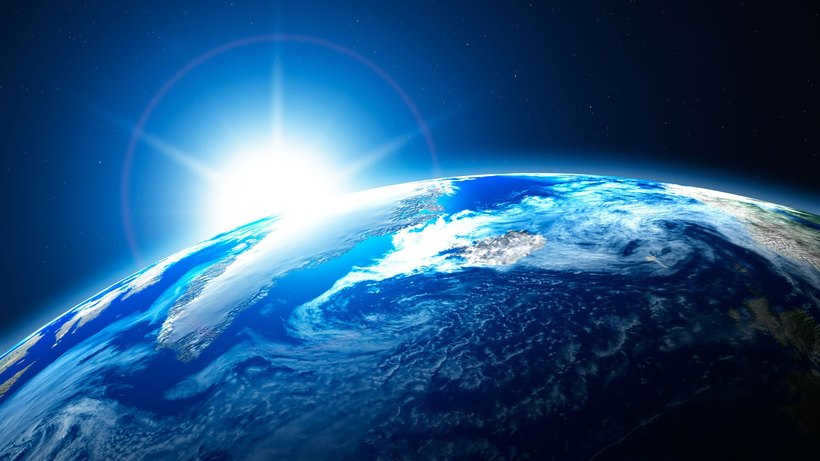
Members of the Earth Group
There are only four members in this group, and each planet has its own unique characteristics and appearance, as well as varying distances from the blazing star. Here is a brief description of them:
- Mercury is the planet closest to the Sun and the smallest in size, resembling the Moon. Its surface temperature can reach up to 450°C. It contains a high amount of metals in its core.
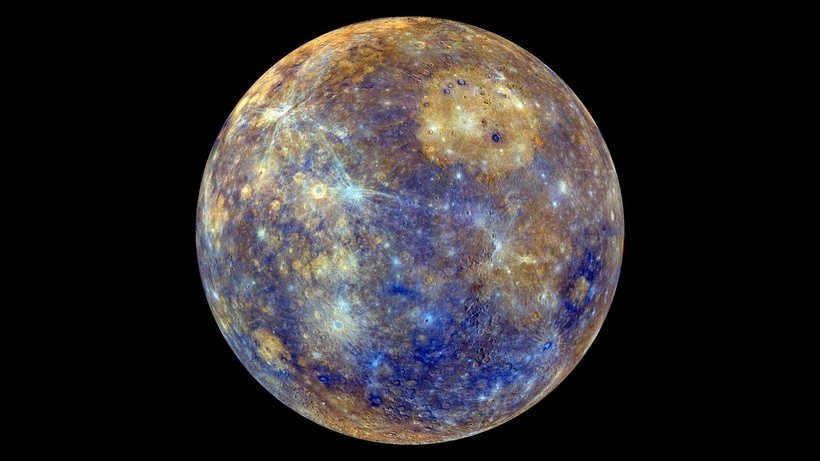
- Venus – nearly the same size as Earth, has a dense atmosphere, which results in a significant greenhouse effect: temperatures can reach up to 500 °C.
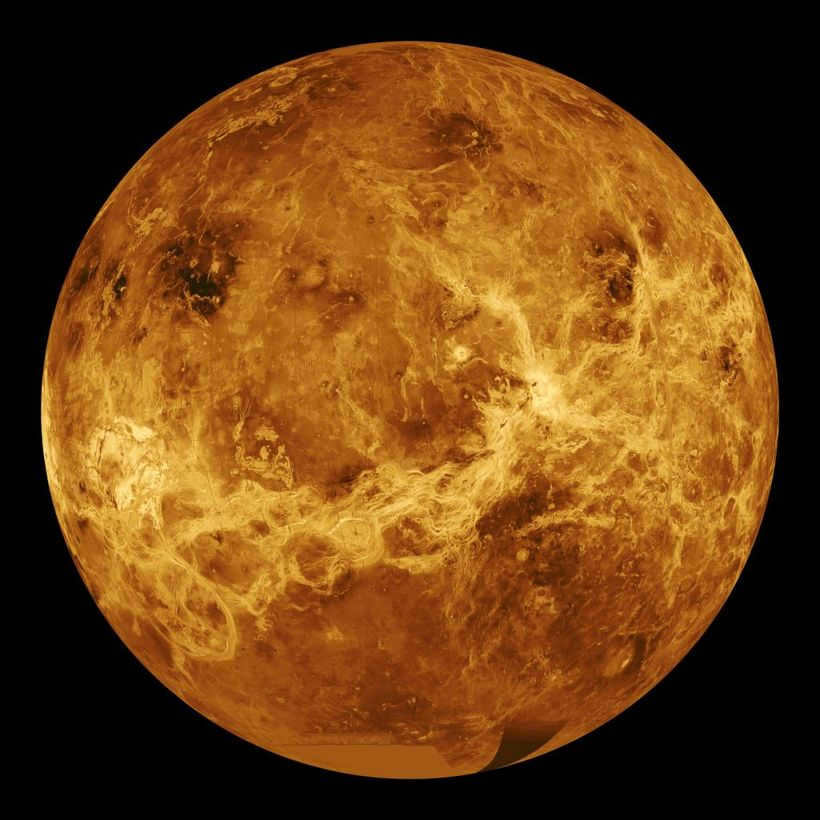
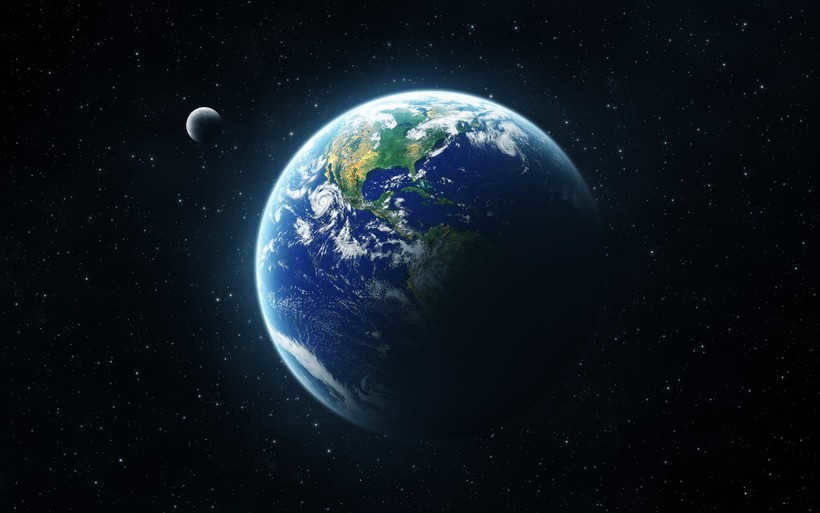
- Mars is a remote celestial body that is devoid of life and is characterized by a distinctive red color, which is caused by its high iron content. This planet experiences frequent storms and has a temperature range of -170 to 30 °C.
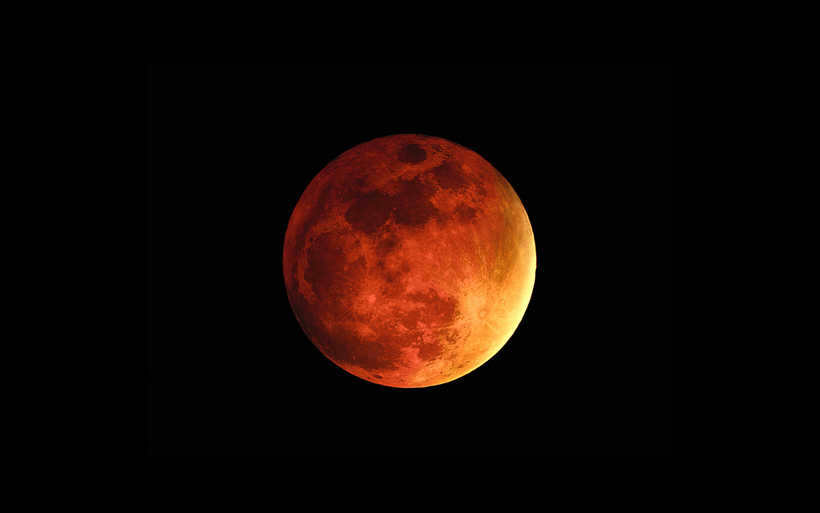

Fascinating information about celestial bodies
It is rather intriguing that the blazing Sun cannot be seen from Venus due to its incredibly dense clouds, which are impenetrable even for rays of light, resulting in perpetual darkness. I was astonished to discover that precipitation on this planet consists of… (!) sulfuric acid.
Mars, on the other hand, is a barren desert devoid of typical warmth, characterized by swirling winds and freezing temperatures. Additionally, the highest volcano in the entire solar system – Olympus – can be found on this particular celestial body, towering at a staggering height of approximately 27 km. The surface of Mars is incredibly diverse, with deep valleys and canyons interchanging with towering mountains and vast plateaus.
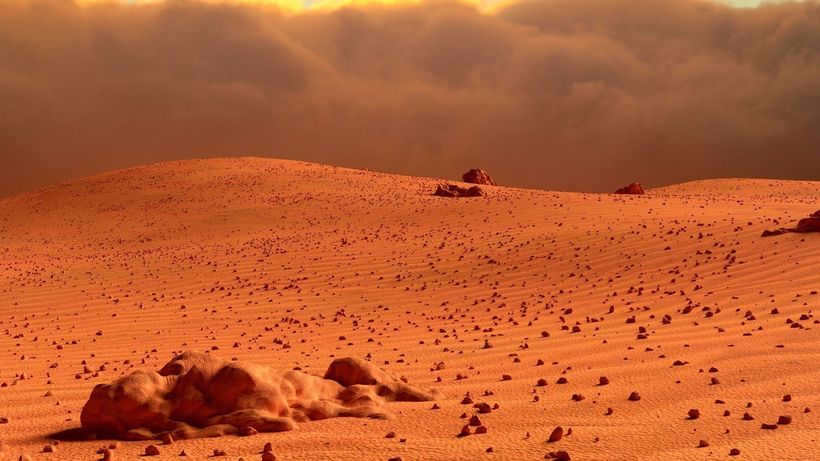
Mercury possesses a tail resembling that of a comet, albeit it proves challenging to discern.
Allow me to divulge a few details about Earth. A mere 2% of our vast ocean has been explored, leaving the rest shrouded in mystery. Concealed within its depths, who knows what wonders await our discovery? Our planet possesses a remarkable feature known as the ozone layer, which serves as a formidable barrier against deadly radiation. Thanks to this protective shield, life as we know it is able to thrive.
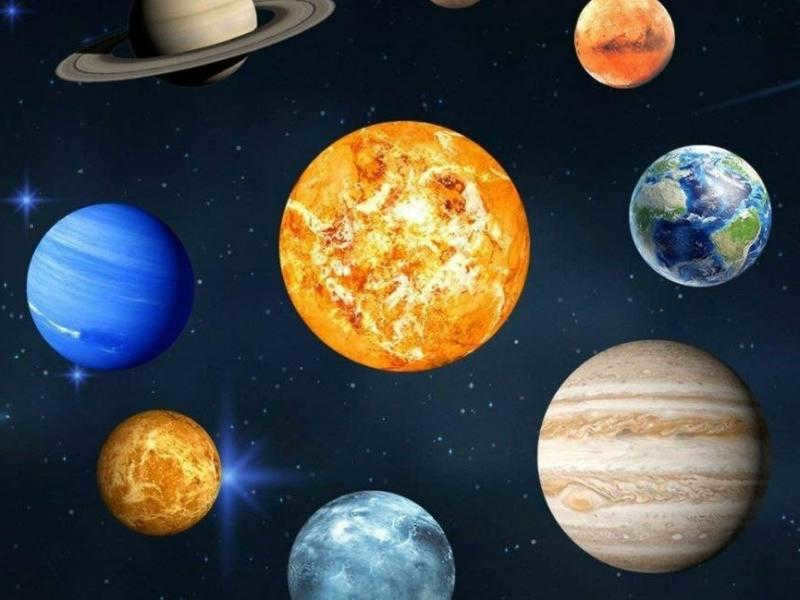
In the solar system, there exist various bodies of different sizes. In the field of astronomy, large planets are commonly categorized into two distinct groups: those situated in the outer region of the solar system, known for their substantial size, and those located within our planetary system. Each group consists of four planets. The ones closer to the Sun are referred to as the terrestrial planets. They possess a smaller size compared to the giant planets situated at a greater distance from the Sun, which serves as the center of our planetary system.
Definition and General Description of Earth-like Planets
The category of Earth-like planets encompasses planets that, in contrast to the outer gas giant planets, possess solid surfaces composed of silicate rocks or metals. This group includes:
These planets are named after the Latin word “Terra”, which is equivalent to the English word “earth”.
Mercury
Being the smallest planet in the Earth group, Mercury has a volume that is only 1/3 the size of Earth. It possesses a thin atmospheric layer, resulting in extreme temperature fluctuations on its surface: while the surface of Mercury freezes, it also heats up to high values. Comprised mainly of iron and nickel, the planet’s surface exhibits a remarkably high density. Additionally, Mercury’s magnetic field is just 1% of that of Earth.
This celestial body is of a similar size to Earth, however, unlike our inhabitable planet, it possesses an extremely dense atmosphere with a significant concentration of carbon monoxide. Owing to the high atmospheric density and the abundance of carbon compounds, Venus is considered the hottest planet within the Earth group. Its surface is characterized by intense heat, with numerous active volcanoes and deep canyons adorning its exterior. The combination of Venus’ elevated surface temperature and the dense layers of its atmosphere renders reaching the planet’s surface an arduous task. Only a handful of spacecrafts have managed to achieve this feat, successfully navigating the thick layers of atmosphere and enduring the scorching conditions of Venus for a brief period of time.
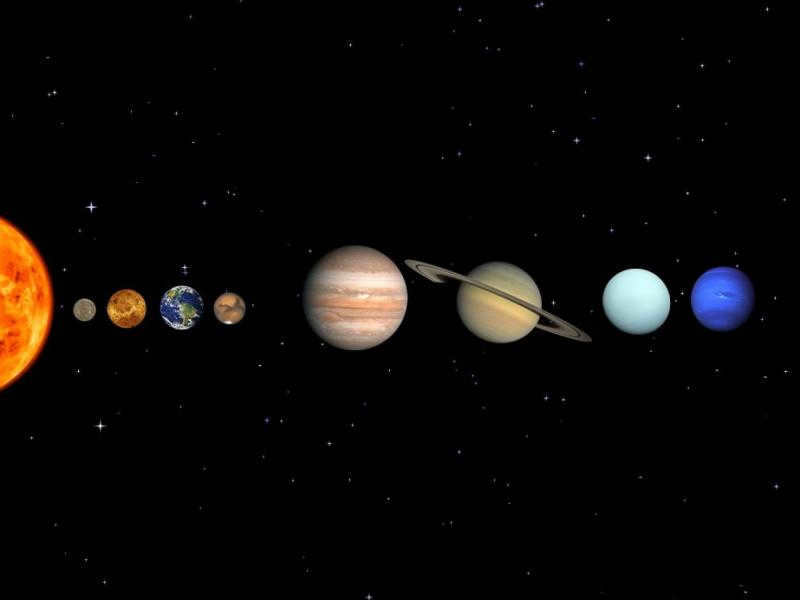
Characteristics of the planets belonging to the Earth group
The high temperature of both the atmosphere and the planet itself prevents a large number of meteorites and small celestial bodies from reaching the surface of Venus. Due to this reason, there are only a few craters on the surface of Venus, as the majority of meteorites simply disintegrate before they can reach the solid surface of Venus.
Planet Earth
Planet Earth is the largest celestial body in the Earth group and is characterized by its abundant water resources, which are essential for the existence of life in all its diverse forms. The Earth boasts a diverse topography and a dense atmosphere that contains a significant amount of water vapor, preventing excessive heating of its surface. Notably, the Earth’s surface is predominantly rocky, while its core consists of a metallic composition.
The most intense heating of the Earth’s surface occurs at its equator. However, currently, climate warming is being observed in various zones across the planet. Some researchers link this phenomenon to the active economic activities of humans, who have extensively developed a significant portion of the Earth’s surface. On the other hand, others are inclined to believe that it could be a cyclical pattern inherent to the planet, wherein the angle of inclination of its axis and the position of the magnetic pole change during specific periods.
Mars is known for having the highest elevation among all the planets in the solar system. Its surface is characterized by a multitude of ancient solid deposits and craters. In addition to these old layers, scientists have also discovered new formations of solid areas on the Martian surface.
Similar to Earth, Mars also has poles covered with ice caps. The surface of Mars has a lower density compared to Earth, and it has a solid core beneath its dense outer layer. The data collected from the study of Mars’ surface suggests that life may have existed on this planet at some point. Scientists have found remnants of organic matter, water ice, and methane, which is believed to have been formed through the decomposition of organic matter.
Characteristics of the formation of Earth-like planets
The formation of the planets in the Earth group is believed to have occurred primarily due to their proximity to the Sun. This proximity led to the rapid evaporation of volatile substances from the surface of these planets.
Initially, small cosmic dust particles came together to form protoplanets, also known as planetesimals. As these protoplanets grew in size, they attracted more cosmic dust to themselves. According to contemporary astronomers, the Sun initially had at least 100 protoplanets of various sizes orbiting around it. These protoplanets had unstable orbits and frequently collided with one another, resulting in their merger. Over millions of years, this process led to the formation of only four Earth-like planets with solid surfaces and atmospheres.
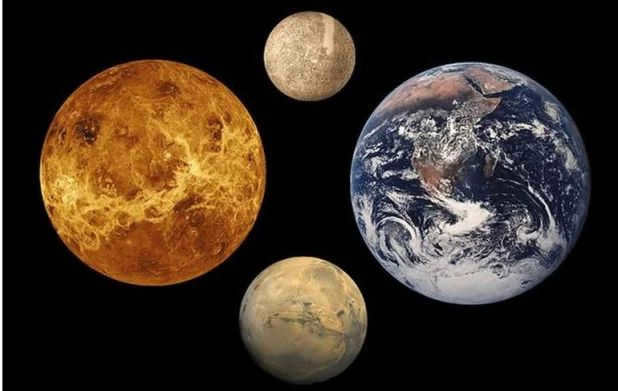
Within our solar system, we can distinguish between Earth-like planets and massive planets. The Earth-like planets encompass Mercury, Venus, Earth, and Mars. These specific planets are positioned closer to the Sun and possess solid surfaces. Scientists have long been captivated by these celestial bodies, tirelessly searching for any signs of life that may exist upon them.

In today’s fast-paced society, simply relying on the traditional school curriculum is no longer sufficient. It is crucial to obtain valuable knowledge regarding finance and investments in order to secure financial success.
Start building a brighter future for yourself by expanding your knowledge and skills in financial literacy. Take advantage of FINANCIAL LITERACY online courses.


Join now, APPLY YOURSELF.
Mercury
Out of all the planets in our solar system, Mercury is the one that is closest to the Sun. The distance between this celestial body and the Sun is approximately 46-70 million kilometers. Mercury is also the smallest planet in the entire System. Its name originates from Greek and means “messenger of the gods”. A year on Mercury lasts for 87.97 Earth days, which is the time it takes for the planet to complete a full revolution around the Sun. However, when it comes to rotating around its own axis, Mercury does so very slowly. One day on Mercury is equal to 58.65 Earth days. This phenomenon is directly influenced by the gravitational forces of the Sun. With a rotation speed of 47.87 km/s around the celestial luminary, Mercury is considered to be the fastest planet in our solar system.
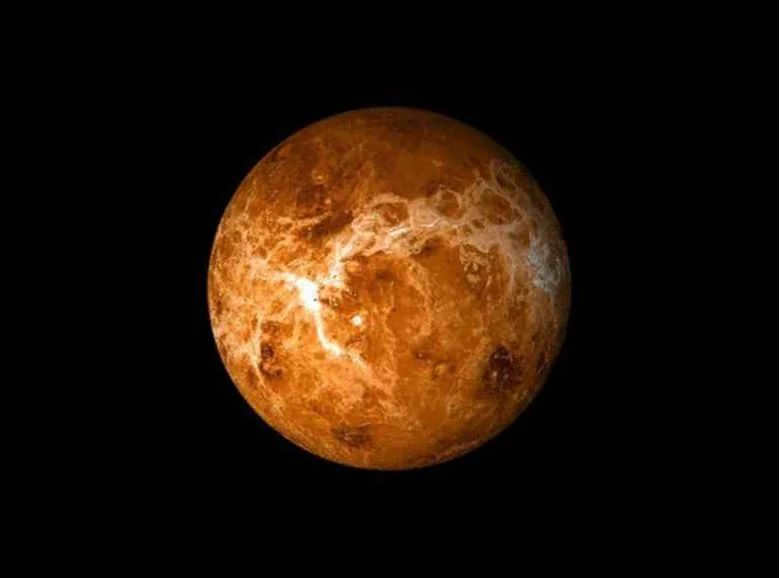
Mercury, a member of the Earth group of planets, follows an elliptical path that is inclined at an angle of 7 degrees, 00 minutes, and 5 seconds to the ecliptic plane. As it orbits, this celestial body alternates between moving away from and approaching the Sun. The distance between Mercury and the Sun varies from 46.08 million kilometers to 68.86 million kilometers. Consequently, the distance between Earth and Mercury changes between 82 and 217 million kilometers. Observing Mercury from Earth presents challenges, as it is positioned at most 28 degrees away from the Sun and is often obscured by its rays.
The equatorial radius of Mercury is 2440 km, making it 2.6 times smaller than Earth. The planet’s surface area is 6.8 times smaller than Earth’s, and its volume is 17.8 times smaller. These measurements highlight the relatively small size of Mercury, as some moons of giant planets in the solar system are larger in size.
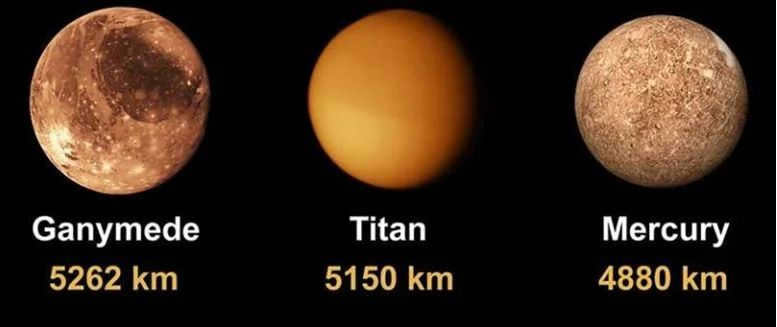
Mercury’s surface displays a deep red hue. It is coated with substances resembling basalt, similar to those found on the Moon. The planet showcases a multitude of craters, as well as towering mountains. The largest crater, known as the Plain of Heat, spans 1300 km in diameter, indicating that a meteorite with a minimum diameter of 100 km collided with the planet. The bright regions on Mercury are referred to as continents and are characterized by intricate canyons.
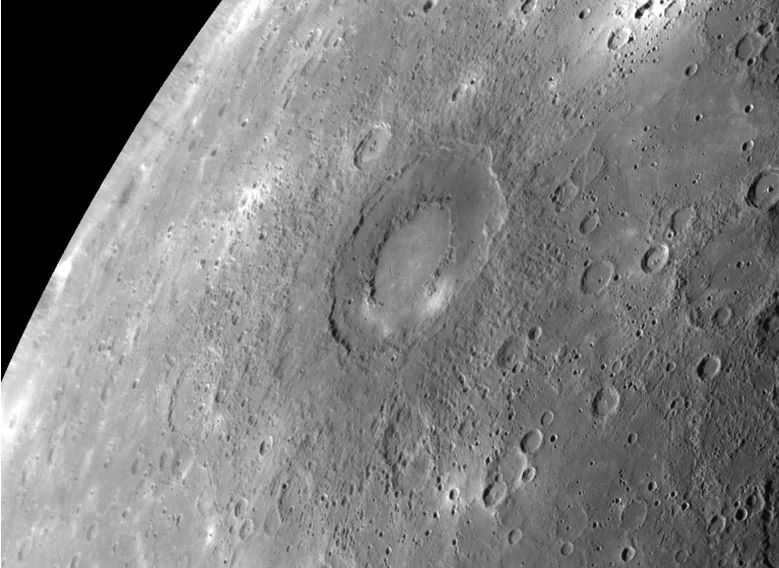
Plain of Heat
As previously mentioned, Mercury is the closest planet to the Sun in our Solar System. As a result, it receives a significantly higher amount of light. In fact, Mercury receives ten times more light than Earth does. The daytime side of the planet can reach temperatures as high as +510…+600 degrees (though this value can vary depending on its distance from the Sun). On the other hand, the nighttime side is constantly enveloped in thick darkness, with temperatures dropping as low as -100…-210 degrees. By studying Mercury’s movement, scientists have determined that the planet rotates in such a way that one side always faces the Sun. This means that one side of the planet is always experiencing daylight, while the other side remains in darkness.
Mercury is composed of three syllables:
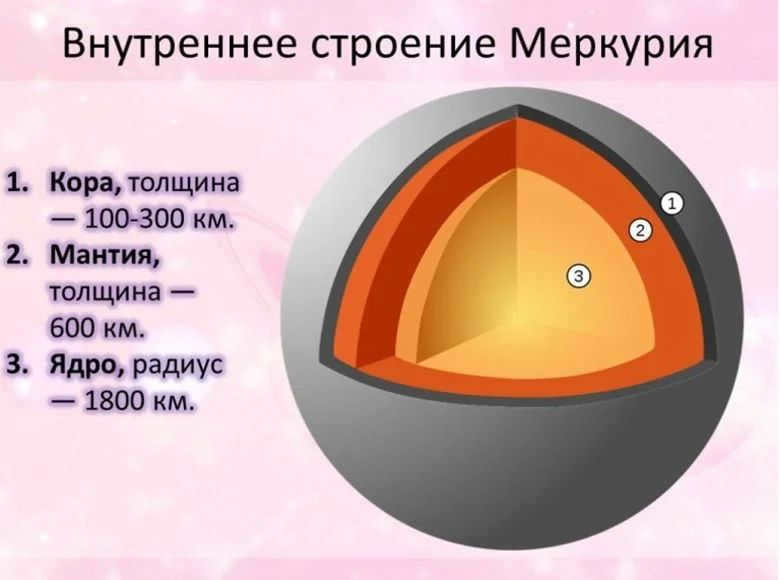
Source
The atmosphere of Mercury is characterized by being a delicate envelope. Its composition includes oxygen (42%), sodium (29%), hydrogen (22%), helium (6%), and potassium (0.5%).
There is a school of thought among scientists that suggests Mercury may not be a complete planet. It is believed by some that it was once a moon orbiting Venus, but became a planet due to a major cosmic event. Many years ago, a massive celestial object, possibly a massive meteorite or a comet, collided with the solar system. This event caused Mercury to be “knocked off” its usual path and left Venus without a moon. As a result, the gravitational pull of the Sun caused Mercury to “adopt” a new orbit and begin orbiting the Sun. It is important to note, however, that this theory currently lacks any concrete evidence.
Venus
Venus is the second planet in the solar system, coming after Mercury. It is the planet that is closest to Earth, with a distance of 42 million kilometers between the two. In terms of its distance from the Sun, Venus is approximately 108.2 million kilometers away. This distance remains relatively consistent as Venus follows a mostly circular orbit.
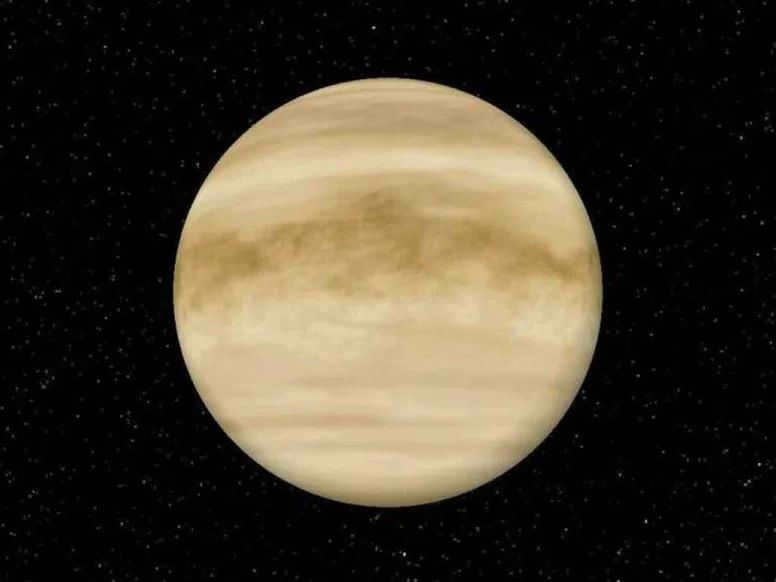
Venus is a celestial body that belongs to the Earth group of planets. It stands out in the night sky due to its incredible brightness and captivating beauty. This planet can be observed from the early evening until the break of dawn, captivating stargazers with its radiant glow. As the night progresses, Venus becomes even more luminous, outshining the surrounding stars and making it easily visible to the naked eye. On rare occasions, this magnificent planet can even be spotted during daylight hours, appearing as a tiny, white speck against the backdrop of the blue sky.
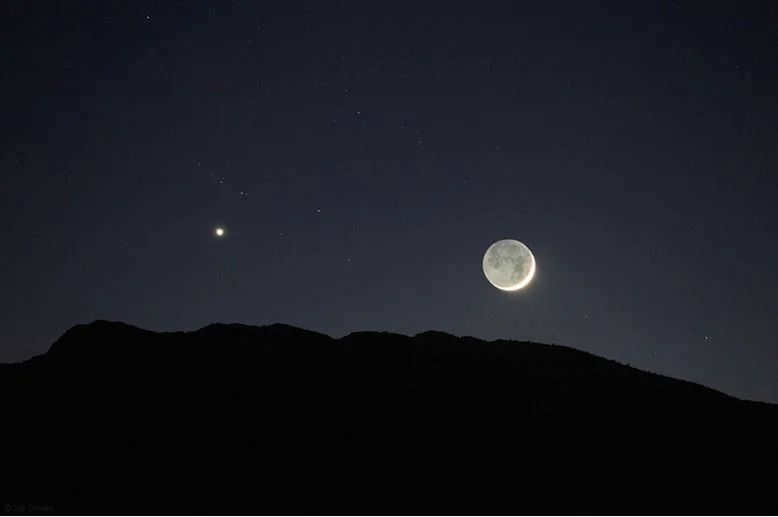
People in ancient times noticed that a bright celestial body appears in the sky during sunset and dawn. At that time, it was believed that there were actually two objects. One would appear in the morning, and the other would appear in the evening. It took many years for scientists to prove that both sightings were actually of the same planet.
The planet Venus has a maximum angle of distance from the Sun of 46 0. Because of this, its sunset can be observed 3-4 hours after the actual sunset, and its sunrise can be observed 3-4 hours before dawn. Every 121.5 years, Venus passes between the Sun and the Earth. During this phenomenon, the planet can be seen as a black dot against the background of the solar disk. This rare event was observed in 1761, 1882, and 2004.
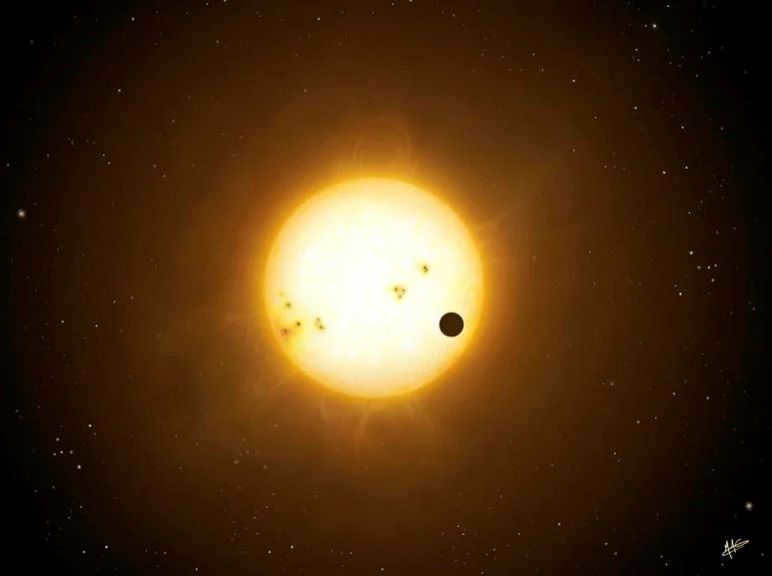
The length of a year on Venus is 225 days, during which the planet completes a full orbit around the Sun. The day on Venus lasts 243 days, which is 18 days longer than its year. The orbital rotation speed is 35 km/s, and Venus does not have any moons. The planet has a diameter of 12,104 km.
While observing Venus through a telescope as it crossed in front of the Sun, the renowned Russian scientist M.V. Lomonosov deduced that there is a relatively dense layer of gases over the planet’s surface. This layer refracts the Sun’s rays, causing them to circle around the planet and create a fiery rim. Lomonosov’s discovery was crucial in advancing the field of astronomy, as it revealed that other planets, like Earth, also possess atmospheres.
The composition of Venus’s atmosphere differs greatly from that of Earth. The planet is constantly covered by a thick layer of clouds, making it difficult to observe its surface. However, advancements in technology have allowed humans to catch a glimpse of what lies beneath the veil of Venusian clouds.
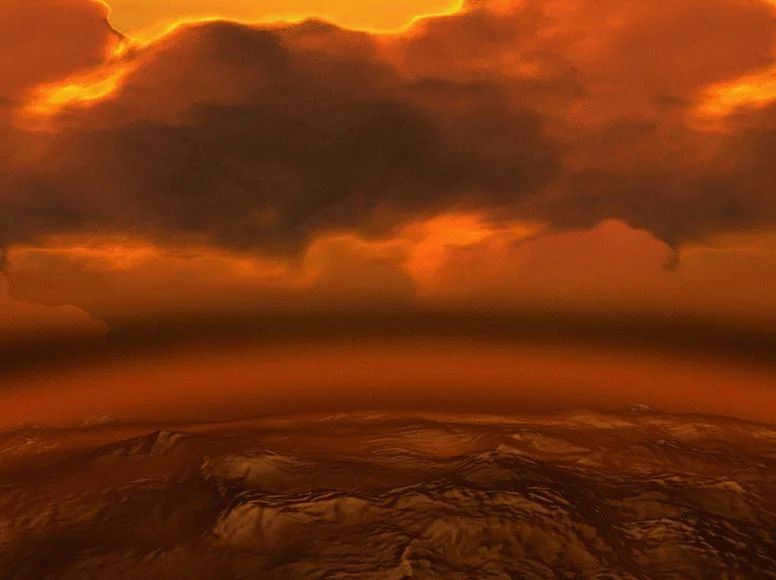
During the investigation, it was discovered that the atmospheric pressure on Venus is 92 times higher than that on Earth. Under these extreme conditions, even a person wearing a spacesuit would be immobilized. Even the most advanced spacecraft would be unable to withstand such immense pressure. Just a few weeks of exposure to the planet’s surface would cause them to crumble into a heap of metal.
Thanks to radar waves, scientists were able to partially study the relief of Venus, which can penetrate through the clouds. It has been discovered that there are numerous traces of volcanic activity on the surface, although there are no active volcanoes. During the scanning of the surface, two continents were identified – Ishtar and Aphrodite. The highest mountains on the planet, known as the Maxwell Mountains, can be found on Ishtar and reach a height of 11 km. The composition of the rocks on Venus is somewhat similar to terrestrial basalt. Additionally, there are approximately a thousand craters on the surface, which are filled with lava and have a diameter of no more than 40 km.
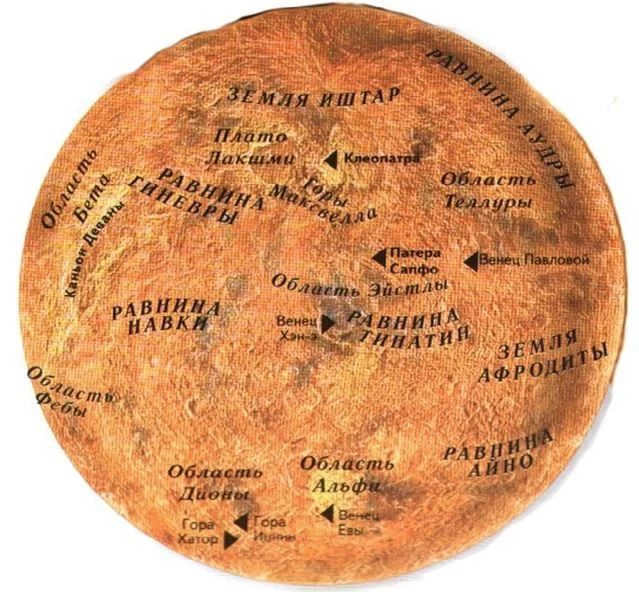
Source
Carbon dioxide makes up 96% of the atmosphere, with nitrogen accounting for 3% and the remaining 1% consisting of other gases. The Venusian atmosphere is a whopping 90 times larger than Earth’s. The atmospheric layer extends approximately 250-350 km in height. At the surface, the average temperature reaches a scorching 460 degrees Celsius. These extreme conditions are a result of the greenhouse effect, which is primarily caused by carbon dioxide.
Mars
Aside from Mercury, Venus, and Earth, the Earth group also consists of Mars. In terms of its distance from the Sun, it holds the fourth position. In relation to Earth, it is categorized as an outer planet since Mars is situated beyond the Earth’s orbit. It is one of the most fascinating planets in the entire solar system. Its crimson hue has captivated people’s attention for countless years. The ancient Romans associated the planet’s color with fire, which led to it being named after Mars, the god of war.
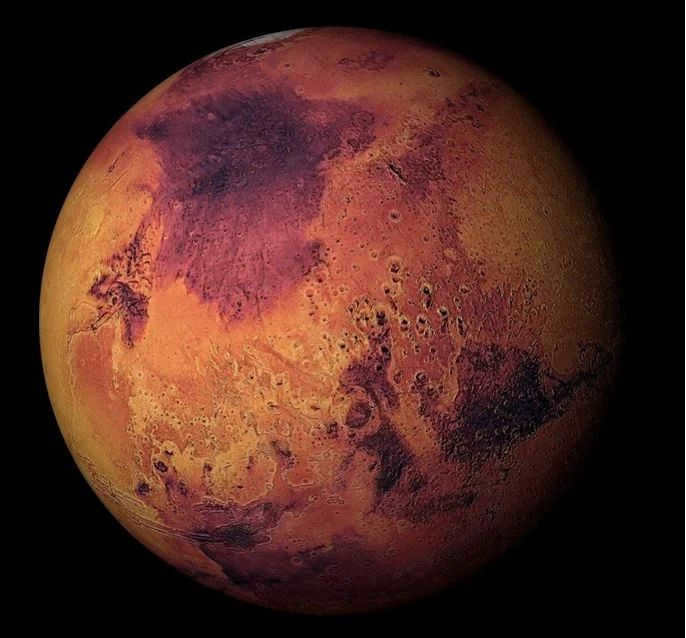
Mars is located 227.9 million kilometers away from the Sun in its orbit. It is considered a small planet, with a radius that is about half the size of Earth, measuring 3397 km. Mars revolves around the Sun at a speed of 24 km/s, completing one full rotation every 687 Earth days. The planet’s orbit is slightly elongated, causing the distance between Mars and Earth to constantly change between 55 million kilometers and 400 million kilometers. A Martian day lasts for 24 hours and 62 minutes.
Scientists have identified three layers in the structure of Mars:
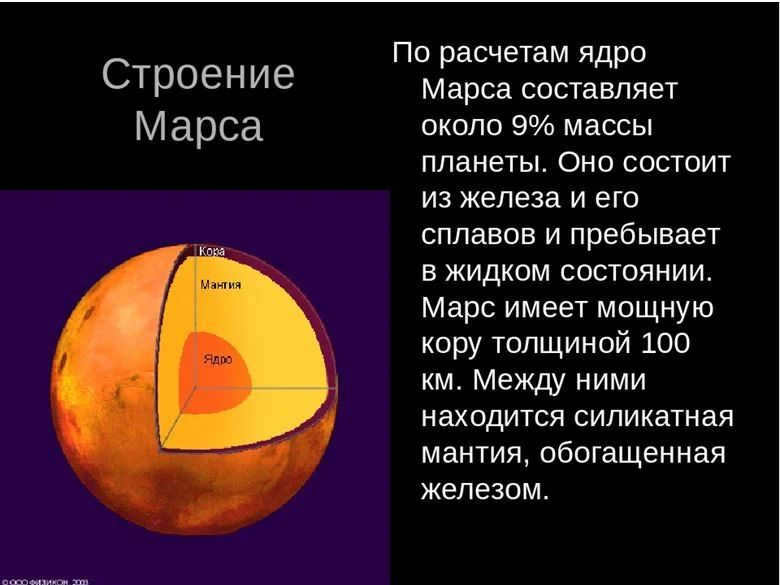
Source
Extensive research conducted by scientists has resulted in the determination that the foundation of the planet’s surface is comprised of basalts. In ancient eras, Mars possessed an atmosphere, and the presence of liquid water on the planet’s surface has been confirmed. This is evidenced by the existence of numerous riverbeds, which remain observable to this day. Presently, the water is only found in concentrated amounts below the planet’s surface.
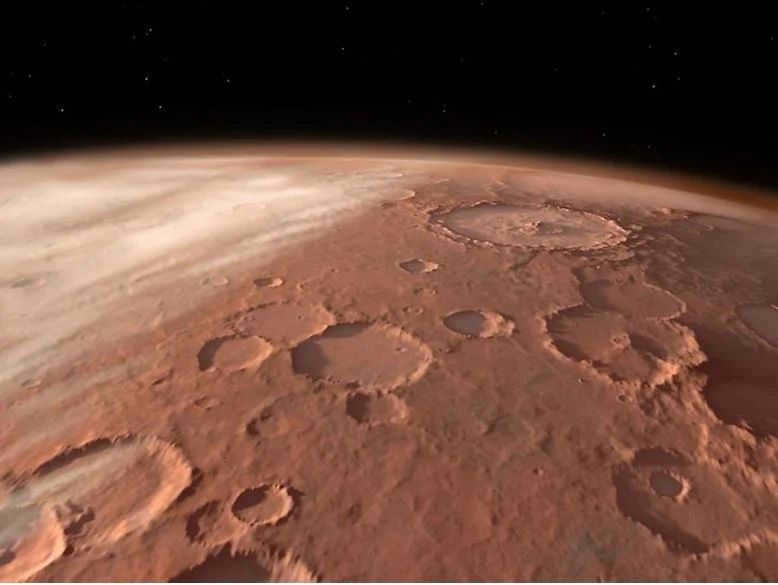
Olympus, located on the “crimson planet,” stands as the tallest mountain within our solar system. This colossal formation, reaching a staggering height of 27.5 kilometers and boasting a diameter of 6 thousand meters, was once an active volcano.
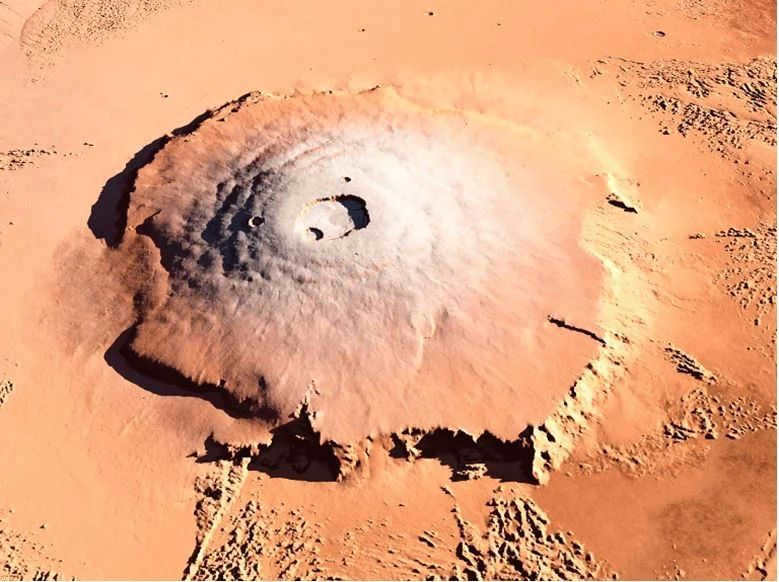
Mariner canyons are another fascinating feature found on Mars. These canyons stretch for 4,000 kilometers and reach a width of 100 kilometers in their central part.
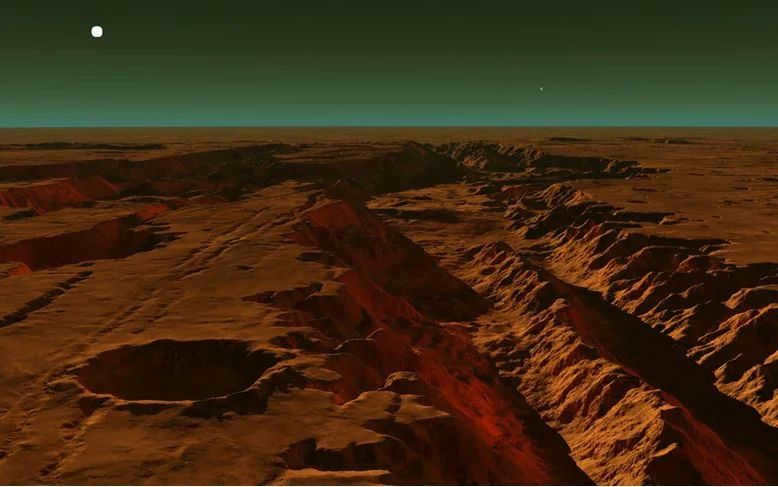
Mars has different climatic zones, but its climate is harsher compared to Earth due to its greater distance from the Sun. The average temperature on Mars is consistently -50 degrees Celsius, with minimum temperatures dropping as low as -143 degrees. The temperature decreases significantly at night, as the Martian atmosphere is unable to retain heat. This results in the freezing of carbon dioxide and the formation of dry ice, which resembles snowfall.
The weather conditions on Mars undergo frequent changes, with the formation of clouds, the occurrence of powerful hurricanes, the rise of dust storms, and the occurrence of various types of precipitation. The storms that occur on Mars are truly remarkable and are considered the most impressive in the entire solar system. These storms can last for several months and can cover the entire surface of the planet. They are most commonly observed during the spring and summer seasons. The primary cause of these hurricanes is abrupt temperature fluctuations. The winds during these storms can reach speeds of up to 100m/s. The first dust storm on Mars was observed in 1971, which lasted for a duration of 5 months and caused dust particles to rise up to a height of 10 km.
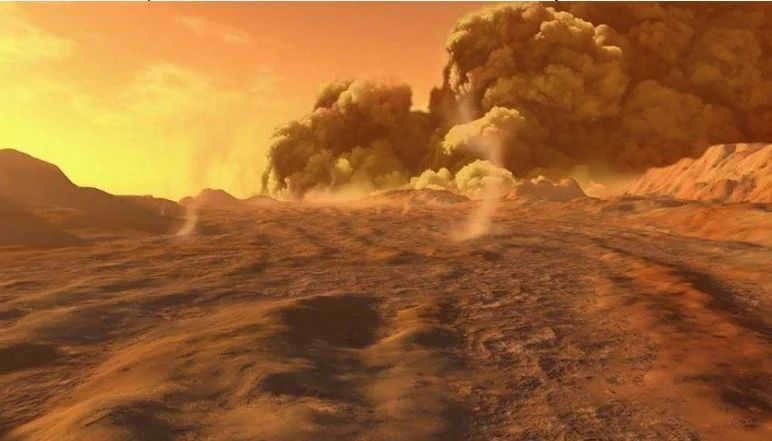
Resemblance of Earth-like Planets
The planets within the Earth group share several similarities with Earth. Firstly, they are relatively small compared to the gas giants. Additionally, they possess a solid surface and a higher density. Here are some common characteristics between Earth and the terrestrial planets:
- Mercury and Earth: Mercury, the smallest planet in the solar system, is significantly smaller than Earth, which is the largest planet in the Earth group. Mercury has a radius three times smaller than Earth’s. Its total surface area is 75 million square kilometers, constituting only 10% of Earth’s total area. If Mercury were unfolded, its area would be approximately double that of Asia. Its volume measures 6.1*10 10 km 3 . While this may seem substantial, it would take 18 planets like Mercury to fit inside Earth’s globe. Mercury’s mass is 3.3*10 23 kg, accounting for 5.5% of Earth’s mass. In terms of gravity, an individual weighing 100 kg on Earth would only weigh 38 kg on Mercury.
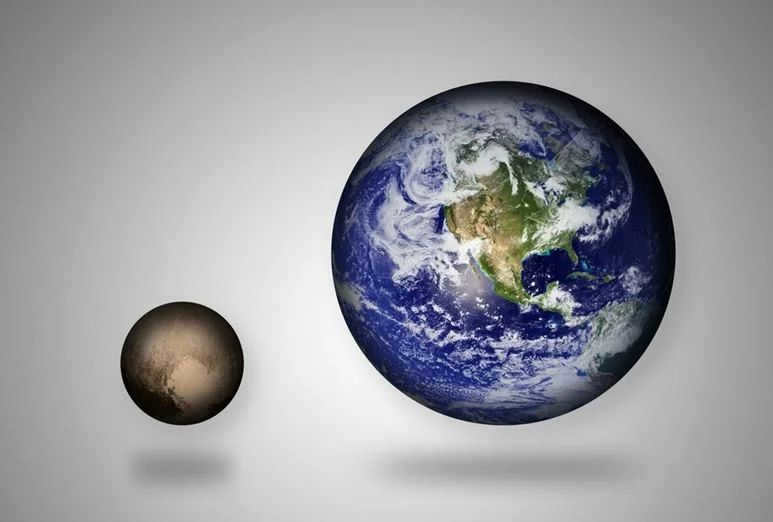
- Venus and Earth are similar in size and other dimensions. The Venus globe is almost the same size as the Earth globe, with a similar radius and mass. The force of gravity on Venus is slightly different, so 100 kg on Earth would be equivalent to 91 kg on Venus.
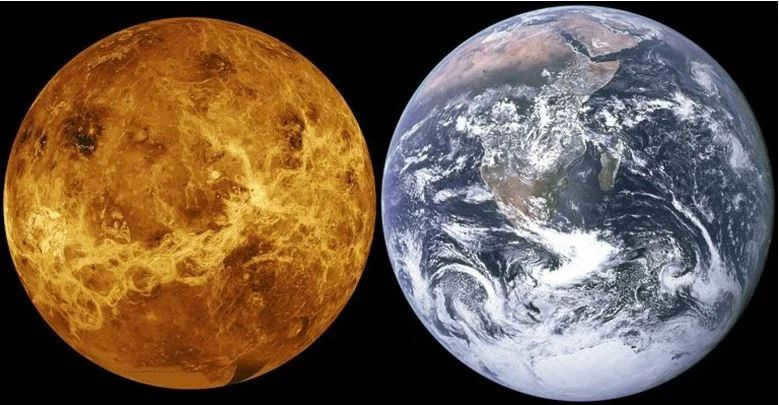

- Mars and Earth. Mars, the fourth planet from the sun, is the most Earth-like planet in our solar system, making it a fascinating subject of study for researchers. Mars experiences four distinct seasons, with the length of each season varying depending on the hemisphere. In the northern hemisphere, summer temperatures can reach a maximum of -20 degrees Celsius, while in the southern hemisphere, temperatures can soar up to +30 degrees Celsius. In 2008, scientists made a groundbreaking discovery – the presence of water on Mars. During the summertime, this water flows down the slopes, creating a dynamic and ever-changing landscape. Similar to Earth, Mars also has north and south poles, which are covered by ice. Scientists estimate that there is approximately 150 billion cubic meters of ice on the Martian surface, enough to cover the entire planet with a layer one meter deep if melted. However, the composition of this ice remains a mystery. It could be composed of water, mud, or even carbon dioxide. Despite this uncertainty, scientists confidently assert that if there is water on Mars, it is not fundamentally different from the water found on our own planet.
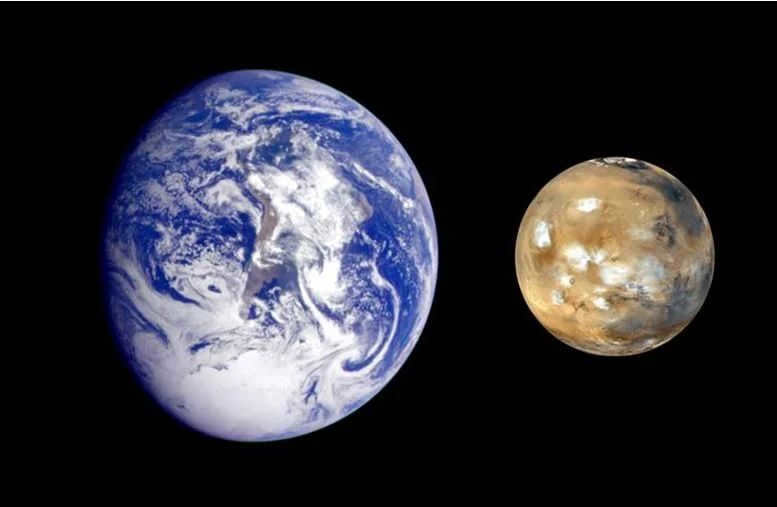
Scientists have discovered that there are Earth-like planets outside of our solar system, known as exoplanets, that may have the conditions necessary for life to exist. The first Earth-like planets were found in the late 1980s, and there are currently around 4,000 of these celestial bodies known. It is believed that there are about 100 billion different types of planets in our Galaxy, indicating that humans are likely not alone in the Universe.
Some of the most well-known Earth-like planets in the Galaxy include:
- Kepler-62 f – This planet is considered one of the most similar to Earth. It is a warm super-Earth that is only 1.4 times the size of our planet. Kepler-62 f is estimated to be 4-7 billion years old and is located in the constellation Lyra, approximately 1200 light years away from Earth.
- Gliese 667 C c – it is hypothesized that its temperature conditions closely resemble those of Earth, with a similarity of 90%. Situated 22 light-years away from our planet, it boasts a size three times larger than Earth. The exoplanet possesses a dense atmosphere abundant in carbon dioxide.
- Kepler-62 e represents another Earth-like exoplanet. Scientists postulate that approximately 90% of its surface is covered by a vast ocean, while its size is merely 1.6 times larger than Earth.
- Gliese 581 g stands out as one of the most captivating exoplanets, with ongoing research dedicated to its exploration. It orbits the star Gliese 581, which is located in the constellation Libra. Scientists speculate that the exoplanet benefits from sufficient heat, and it is possible that water bodies and life forms exist on its surface.
Is there life on Mars?
Scientists have been pondering the question of whether there is life on Mars for centuries. While there is currently no evidence of life on the planet, there is the possibility that it could exist in the future or may have already existed in the past. Mars is relatively close to Earth and shares many similarities with our planet.
In an attempt to find an answer to this intriguing question, scientists have examined the color of the Martian surface. It is well-known that Mars has a reddish hue, which is caused by rust. In chemistry, we learn that rust is the result of the interaction between oxygen, moisture, and iron. Iron is capable of oxidizing and deteriorating, leading to the appearance of this phenomenon.
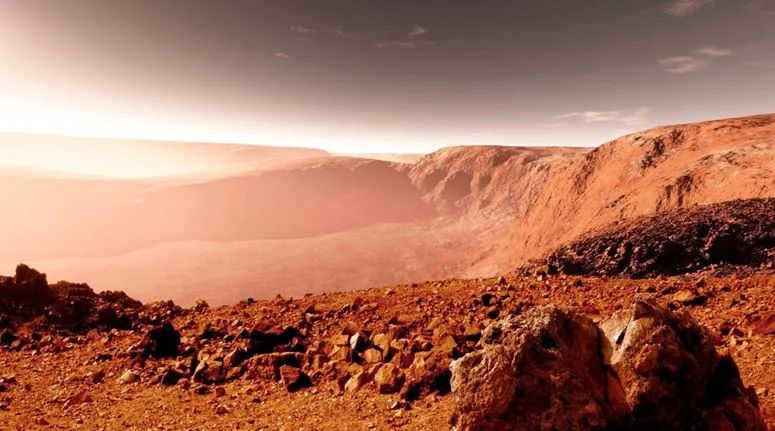
Currently, the oxygen concentration in the Martian atmosphere is only 0.1%, which is not enough for the chemical reaction necessary for rust formation. Therefore, it can be inferred that there was a higher level of O2 in the past. This implies the potential existence of life on Mars, including bacteria, microbes, and possibly even plants. Some scientists propose the possibility of animals as well, although their remains have not been discovered yet. This could be attributed to the possibility of their decomposition over millions of years.
NASA researchers have made an intriguing discovery – there was once a significant presence of water on Mars, which could potentially indicate the existence of life on the planet. During the Ice Age, the water on Mars transformed into ice, and it is speculated that beneath the thick layer of rust, there may be hidden reservoirs of frozen water. Unlike Earth, Mars experiences much slower processes, including warming.
Scientists posit that in ancient times, the Martian surface boasted lush vegetation. A few years ago, a meteorite originating from Mars was found in Antarctica. Upon examination, bacteria were identified, which could have potentially evolved to form vegetation. In 2018, a substantial area rich in life was discovered on Mars, with an estimated age of billions of years. It is believed that within this region, a genuine ecosystem of microorganisms once thrived.
Scientists have refuted claims that there were or are extraterrestrial beings on Mars. The question of whether there is primitive life currently on the planet remains complex and unconfirmed by scientific evidence. Over the years, numerous experiments have been conducted to investigate the ability of organisms to survive and reproduce with minimal oxygen levels. In 2012, researchers conducted an experiment on algae and lichens, creating conditions similar to those on Mars, where the organisms were able to thrive and reproduce. However, in 2017, British scientists discredited the existence of living organisms on Mars after discovering perchlorates on the surface. These substances, salts of chloric acid, have detrimental effects on both animal and plant life. Additionally, three years prior, significant amounts of methane were detected in the Martian atmosphere. This could be a result of active volcanic activity or produced by living organisms.
Every scientific observation relating to the presence of life on Mars serves to either support or refute previously gathered data. However, ongoing research in this field will eventually provide mankind with the answer as to whether it will be possible to colonize our neighboring planet in the future.
Mars’ Moons: Phobos and Deimos
Mars, unlike Earth, possesses two moons. The discovery of these moons was made in 1877 by the American scientist Asaph Hall. Despite their small size, the moons of Mars have been given powerful names. One is named Phobos, meaning “Fear” in Greek, and the other is named Deimos, meaning “Terror”.
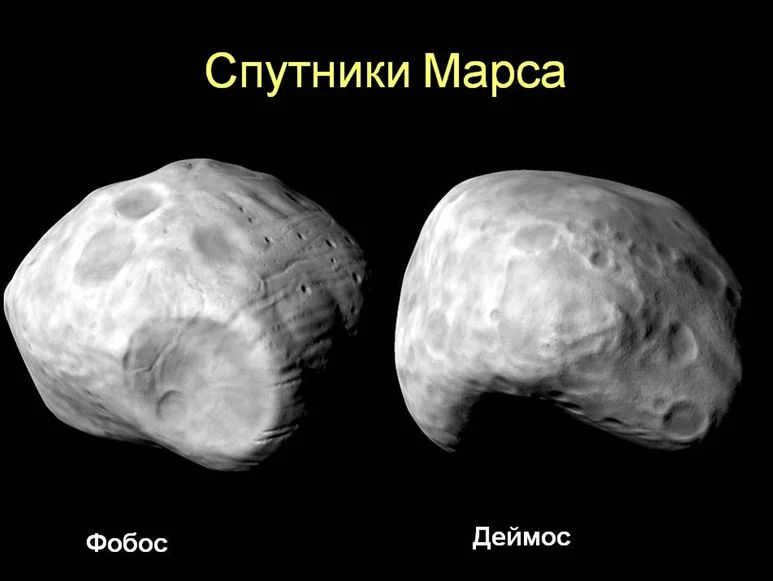
The satellite Phobos has a diameter of 15 kilometers. The average distance from the planet’s surface to Phobos’ orbit is 9350 kilometers. Phobos completes one orbit in 7 hours and 39 minutes, managing to surpass the planet’s daily rotation. Interestingly, unlike most celestial bodies, Phobos moves in a manner similar to Earth’s artificial satellites. It rises in the west and sets in the east.
The second satellite of the planet Mars, Deimos, has a diameter of 8 kilometers. It orbits at a distance of 23500 kilometers from the surface of the red planet. It takes 30 hours and 17 minutes for Deimos to complete one orbit around Mars.
Mercury
Mercury is the smallest planet in our solar system, and it is also the closest planet to the Sun. It is named after the Roman messenger god, Mercury. Mercury has a very thin atmosphere and no moons. It is a rocky planet, similar in size and composition to Earth’s moon. Mercury is known for its extreme temperatures, with the surface reaching highs of 800 degrees Fahrenheit (430 degrees Celsius) during the day and dropping to lows of -290 degrees Fahrenheit (-180 degrees Celsius) at night. Because of its proximity to the Sun, Mercury has a very short year, lasting only about 88 Earth days. Despite its small size, Mercury is still a fascinating planet for scientists to study and learn more about our solar system.
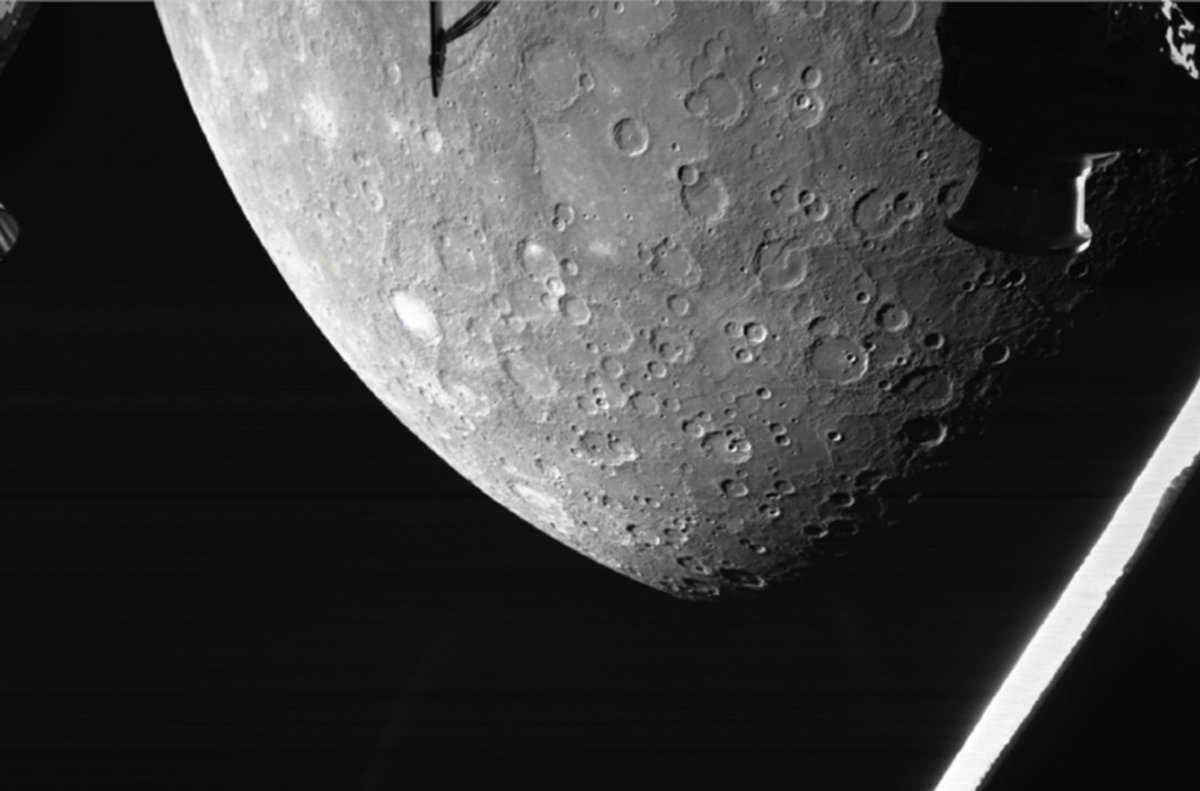
Photo: ESA/Globallookpress.com
Mercury, the smallest planet in our solar system, is slightly larger than our Moon in size. It holds the distinction of being the closest planet to the Sun. If an individual were to stand on Mercury’s surface, they would see the Sun appearing three times larger than it does from Earth. Additionally, Mercury is the fastest planet, moving through space at a speed of 27 kilometers per second. Its year lasts only 88 days. This speedy attribute led the Romans to name the planet after their fastest god, who wore a winged helmet.
Unlike Earth, Mercury does not have any moons or rings similar to Jupiter. The presence of solar radiation and the extreme temperatures on its surface make it highly unlikely for life to exist on this planet.
Venus
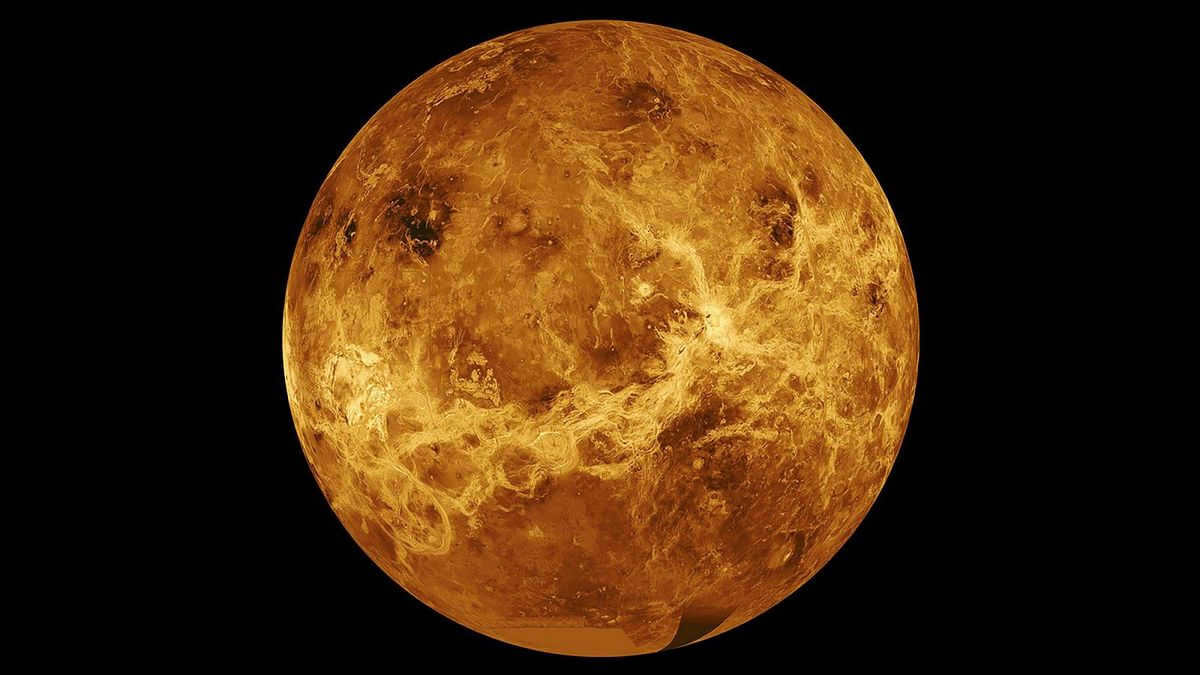
Commonly known as Earth’s “sibling,” this celestial body shares many similarities in terms of size and composition. However, Venus sets itself apart with its extreme surface temperature and its hazardous atmosphere. Positioned as the second farthest planet from the Sun, Venus boasts a rugged terrain adorned with active volcanoes, tectonic faults, and towering mountains. Furthermore, this planet is perpetually engulfed in dense, poisonous clouds composed of sulfuric acid.
By the way, it’s worth noting that Venus holds the distinction of being the first planet to be extensively explored by a spacecraft. During these missions, scientists made a fascinating discovery: the planet’s surface is relatively young, with an average age of less than a billion years. This presents a perplexing mystery for researchers, as they are unsure of the events that led to Venus’s complete transformation. As for the possibility of life on Venus, it seems highly unlikely. However, there are some scientists who speculate that unique microbes could potentially exist in the upper atmosphere.
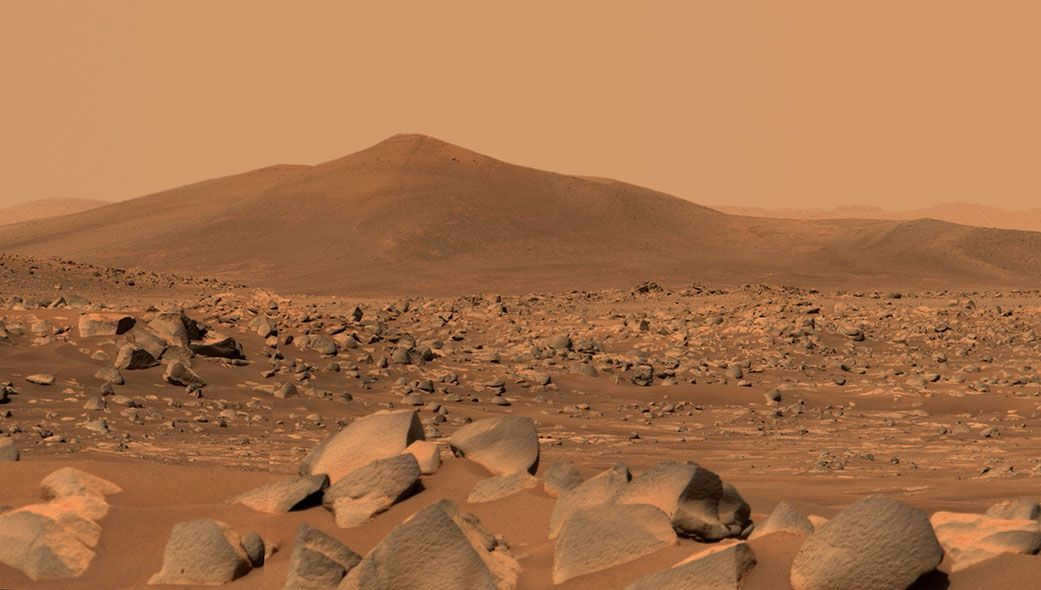
Photo: NASA/Globallookpress.com
Mars, the fourth planet from the Sun, is a popular setting for many works of science fiction. Despite its popularity, Mars is actually one of the smallest planets in our solar system. To put it into perspective, if the Sun were the height of a normal front door, Mars would be no larger than an aspirin tablet. The distinctive red color of the planet is due to the presence of iron minerals in its soil. Over time, these minerals oxidize or rust, causing both the soil and atmosphere of Mars to turn red.
